The Jungfrau region of Switzerland can seem like a confusing place to visit, particularly to first time visitors. With its unique geography, complicated network of trains and cable cars, and long list of hiking trails and small towns to visit, it may seem like an overwhelming task to plan a trip here.
But it doesn’t have to be.
In this guide, we want to help you plan your perfect Jungfrau itinerary.
First, we will share with you the best things to do in the Jungfrau region, how to organize them day-by-day, and then how to put this all together to create your perfect Jungfrau itinerary.
Rather than listing one 2, 3, or 5-day Jungfrau itinerary, we list multiple daily itineraries. You can pick out your favorite daily itineraries and then put them together to create your personalized Jungfrau itinerary.
We also share with you different ways to put all of this together, to simplify your travel planning process.
Let’s get started.
How to Use This Guide
First, we give a brief overview of the Jungfrau region and a list of the top experiences.
After this brief summary, we list multiple daily itineraries. From these, you can pick your favorites and string them together into a multi-day itinerary. Whether you just have a few days, or an entire week, we have some great options to share with you.
The itineraries listed in this guide are for a visit to the Jungfrau region in the summer months (June through early October), when the hiking trails are open. You can follow this itinerary outside of this time frame with some modifications (skipping the hikes and just visiting the viewpoints or skiing instead of hiking).
IMPORTANT: The Jungfrau region can be visited all year but it is important to know that some cable cars close in the fall and spring for maintenance.
What is the Jungfrau Region?
The Bernese Oberland, also called the Bernese Highlands or the Bernese Alps, is a region in central Switzerland. It is part of the canton of Bern and it encompasses a portion of the Swiss Alps, including the Jungfrau massif, Lauterbrunnen Valley, Interlaken, Lake Brienz and Lake Thun, and extends west to Adelboden and Gstaad.
The Jungfrau region is a smaller portion of the Bernese Oberland. This region includes the Jungfrau massif, the Lauterbrunnen Valley, Schilthorn, Mürren, Gimmelwald, Grindelwald, and Interlaken. The Jungfrau region is the touristy heart of the Bernese Oberland and this is where most visitors spend their time.
Within the Jungfrau region sits two valleys, the Lauterbrunnen valley and Lütschental valley. The mountains of the Swiss Alps tower over these valleys. Small towns cling to the cliffs and are tucked away in these valleys.
Below is a map of the Jungfrau region. Interlaken is at the bottom of the map and Lauterbrunnen Valley and Lütschental Valley run through the heart of the region. On this map I highlighted the main towns.
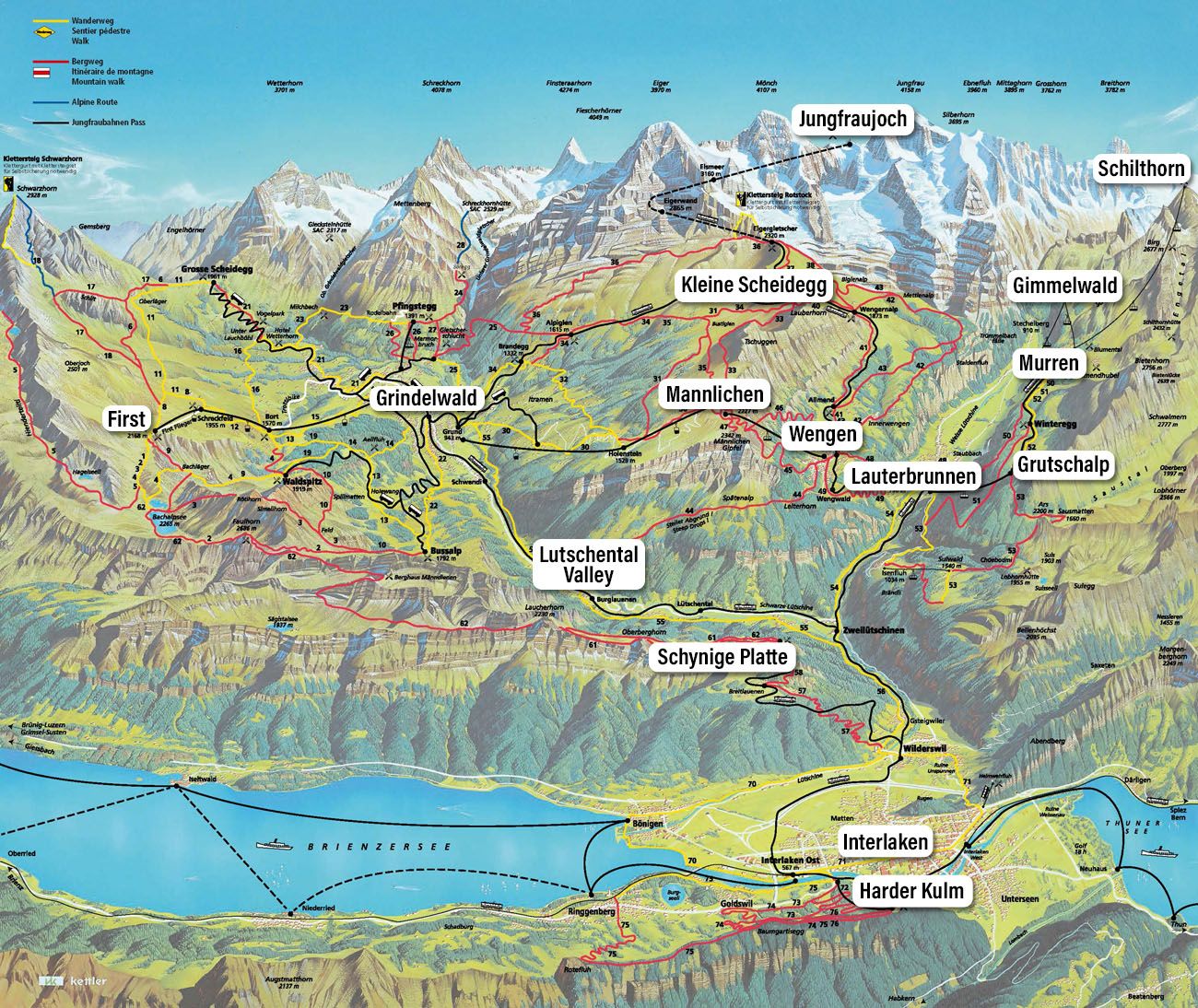
For a more detailed overview of the Jungfrau region, including information about each town, travel passes, and how to get around, take a look at our Guide to the Jungfrau Region ↓ (this will open in a new tab so you can refer to it as you read this itinerary).
Best Things to Do in the Jungfrau Region
Here is a list of the best things to do in the Jungfrau region. For the full list, and more information about each activity, take a look at our article Best Things to Do in the Jungfrau Region.
- Visit Jungfraujoch, Top of Europe
- Visit Schilthorn and Birg
- The Mürren via ferrata
- Visit the small towns (Murren, Gimmelwald, Wengen, Kleine Scheidegg, and Lauterbrunnen)
- Trummelbach Falls
- Go hiking (top hikes include the Eiger Trail, the Northface Trail, Schynige Platte to Faulhorn to First, and the Panorama Trail from Mannlichen to Kleine Scheidegg)
- Visit Harder Kulm
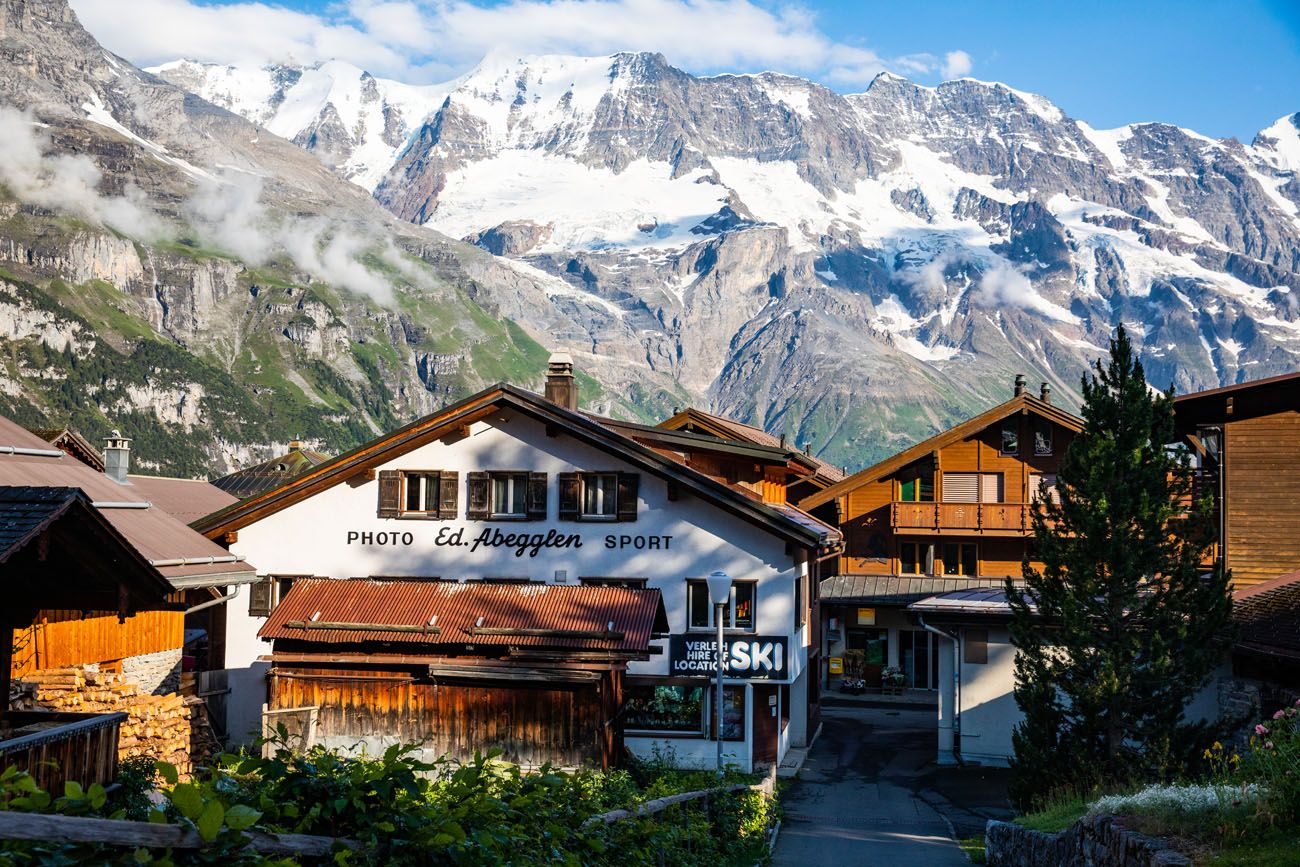
Mürren
How Many Days Do You Need in the Jungfrau Region?
One or two days gives you just a taste of this region. Take the expensive but bucket list worthy trip up Jungfraujoch or Schilthorn, go hiking, and explore one or two of the charming towns. If you only have one day in the Jungfrau region, you could visit Jungfraujoch in the morning and hike the Eiger Trail and visit Kleine Scheidegg in the afternoon.
Three to five days gives you more time for hiking and to visit both the east and west sides of the valleys. It also gives you a little bit of contingency time if there is bad weather. When it gets cloudy and rainy, those spectacular mountain views disappear behind a blanket of clouds. Having an extra day or two ensures that you will get to see those extraordinary views of the mountains.
With a full week, you can explore the nooks and crannies of the Jungfrau region, hike the longer trails, and have lots of leisurely time to sit back and enjoy the view.
We spent six days here and wished we had more time.
How to Get Around the Jungfrau Region
The network of trains and cable cars makes this one of the most confusing things to figure out when planning a trip to the Jungfrau region.
The Jungfrau region is essentially a car free zone. If you have a rental car, you can drive it to Interlaken, Grindelwald, or Stechelberg and park it in a garage. But to get around, you won’t use your car, you will use the trains, buses, and cable cars instead.
To get to the Jungfrau region, you will take the train to Interlaken, which is the gateway city into the Jungfrau region. From Interlaken, take the train to Lauterbrunnen or Grindelwald, and if you are staying somewhere in the mountains, such as Wengen or Mürren, you’ll ride another train and/or a cable car to get here.
For a list of the various trains and cable cars in the Jungfrau region, plus the best route to get from place to place, refer to our Bernese Oberland Guide. We’ll also go into this in more detail in our daily Jungfrau itinerary suggestions.
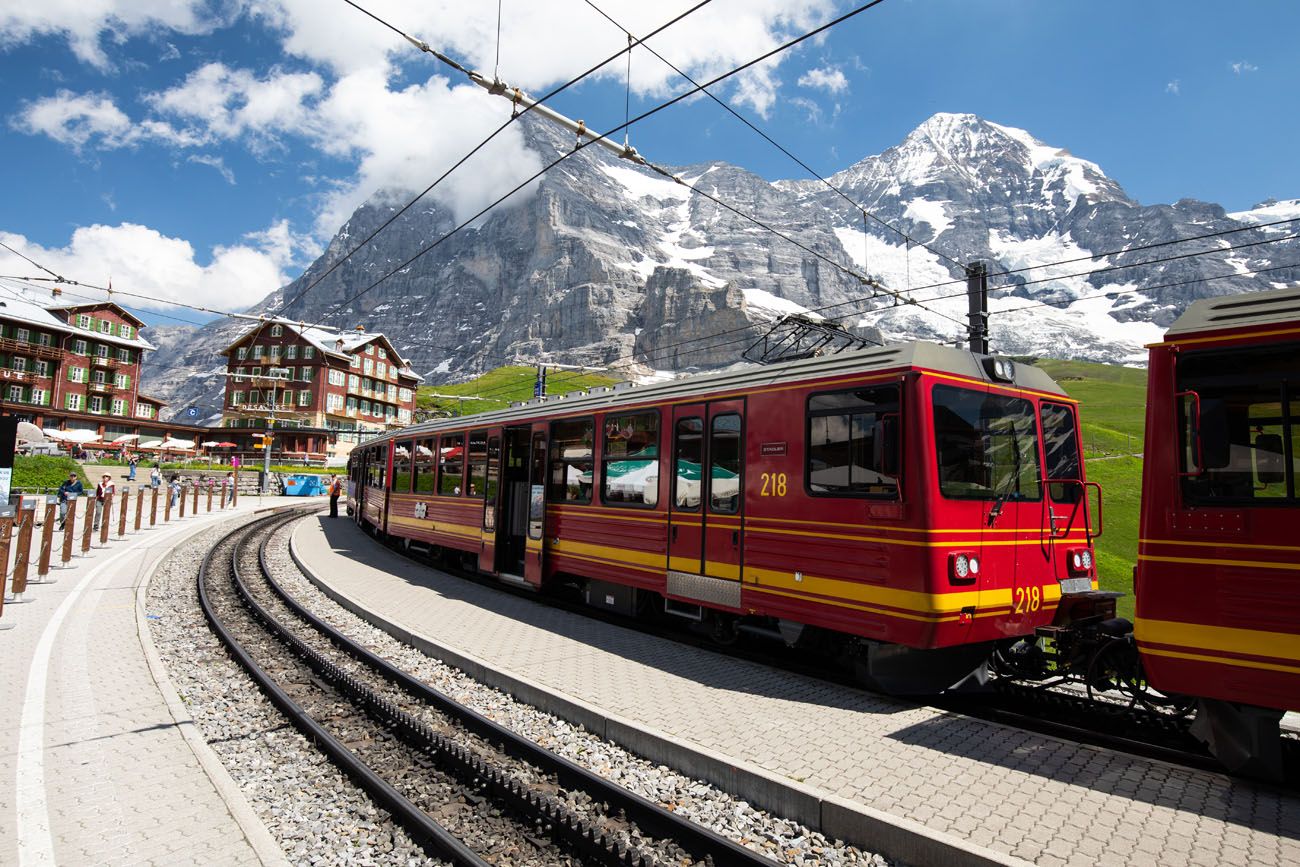
Kleine Scheidegg and the train to Jungfraujoch
Daily Jungfrau Itinerary Suggestions
Each of the itineraries below is a one day itinerary. From these, pick your favorites and then string them together to create the Jungfrau itinerary that best fits your travel style.
Day #1 Getting to the Jungfrau Region
On this travel day, you can either go right to your hotel and explore the nearby sights or visit Interlaken on the way.
Whether your day starts in Lucerne, Zürich, Zermatt, Bern, or Lausanne, you will first travel to Interlaken. Adding on a few hours in Interlaken works well and saves you a longer day trip out this way, once you are staying deeper in the heart of the Jungfrau region.
In the morning, take the train to Interlaken. Interlaken Ost is the main train station. Interlaken West is a smaller train station in town. Store your luggage in the Interlaken train station for a few hours. There are luggage storage lockers in the train station or you can use a company like Bounce to hold your luggage for a few hours.
From Interlaken Ost, it is a short walk to the Harder Kulm funicular, the funicular that takes you to Harder Kulm. At Harder Kulm, enjoy your first view of the Jungfrau massif (Mönch, Eiger, and Jungfrau), have lunch at the restaurant, or go for a short hike on one of the trails that start here.
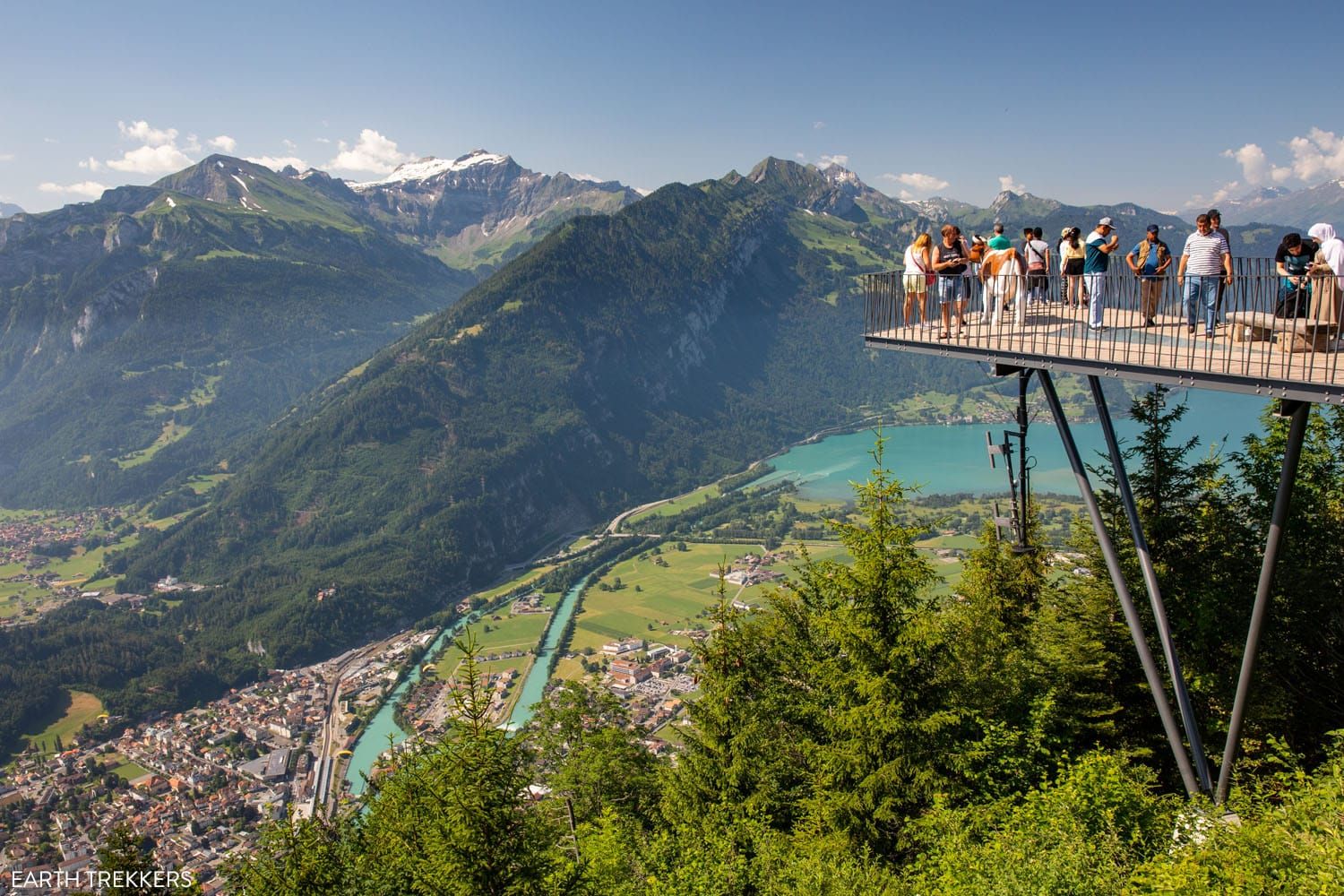
Harder Kulm
In the afternoon, take the train from Interlaken Ost into the heart of the Jungfrau region and then continue to your hotel. Check into your hotel and have dinner nearby.
For hotel recommendations, take a look at our article Best Places to Stay in the Jungfrau Region ↓
You also have the option to stay in Interlaken and day trip into the Jungfrau region. This is best for those with 1 or 2 days in the Jungfrau region.
Here are the travel routes from Interlaken to the towns in the Jungfrau region:
- Interlaken to Lauterbrunnen: The train runs every 30 minutes and the travel time is 30 minutes.
- Interlaken to Grindelwald: The train runs every 30 minutes and the travel time is 42 minutes.
- Interlaken to Mürren: Train to Lauterbrunnen, cable car to Grütschalp, train to Mürren.
- Interlaken to Gimmelwald: Train to Lauterbrunnen, bus to Stechelberg, cable car to Gimmelwald.
- Interlaken to Wengen: Train to Lauterbrunnen, Wengernalpbahn to Wengen.
Day #2: Jungfraujoch & the Eiger Trail
Combining Jungfraujoch and the Eiger Trail is one of the best ways to spend one day in the Jungfrau region of Switzerland. If you move fast, you can also add on the Panorama Trail, which runs between Kleine Scheidegg and Männlichen.
Your day will start off with a visit to Jungfraujoch. Jungfraujoch is the location of the highest train station in Europe. While here, you are treated to high alpine views, you can hike on the Aletsch Glacier, and you can even go snow tubing or zip lining. A visit here typically lasts 2 to 4 hours.
Is Jungfraujoch Worth the Price and Time? An Honest Review
What to expect on a visit to Jungfraujoch: how to get here, what to do, how much it will cost, and is it really worth the big expense?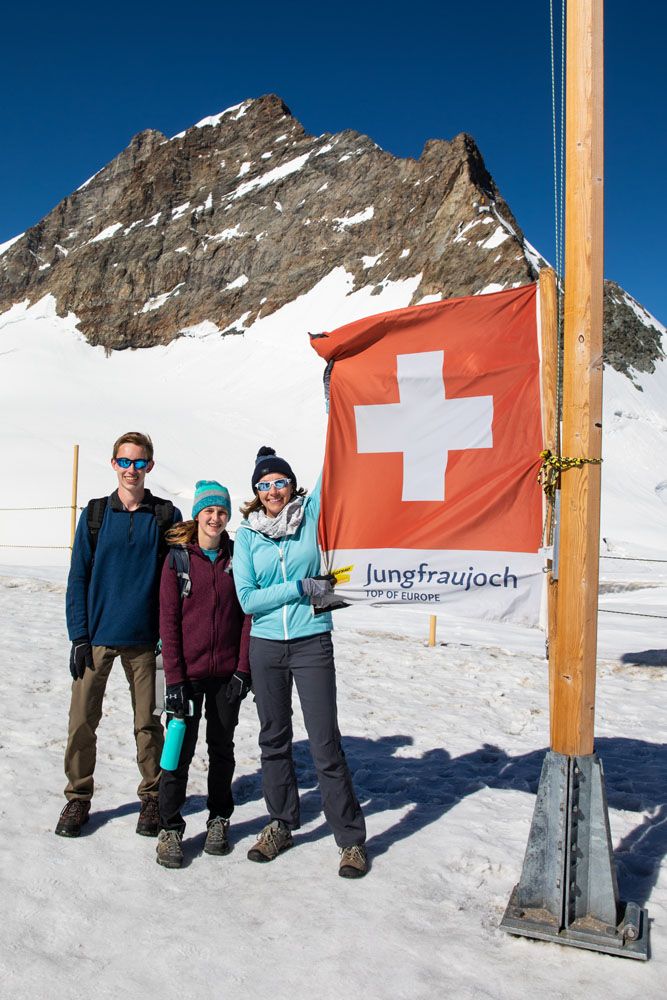
Hiking the Mönchsjochhutte Trail at Jungfraujoch
After Jungfraujoch, hike the Eiger Trail, a 7.25 km (4.5 mile) point-to-point hike that runs along the north face of Eiger mountain. It’s a mostly downhill hike and every step of the way you have gorgeous views of the area. This hike is great for all ages and ability levels.
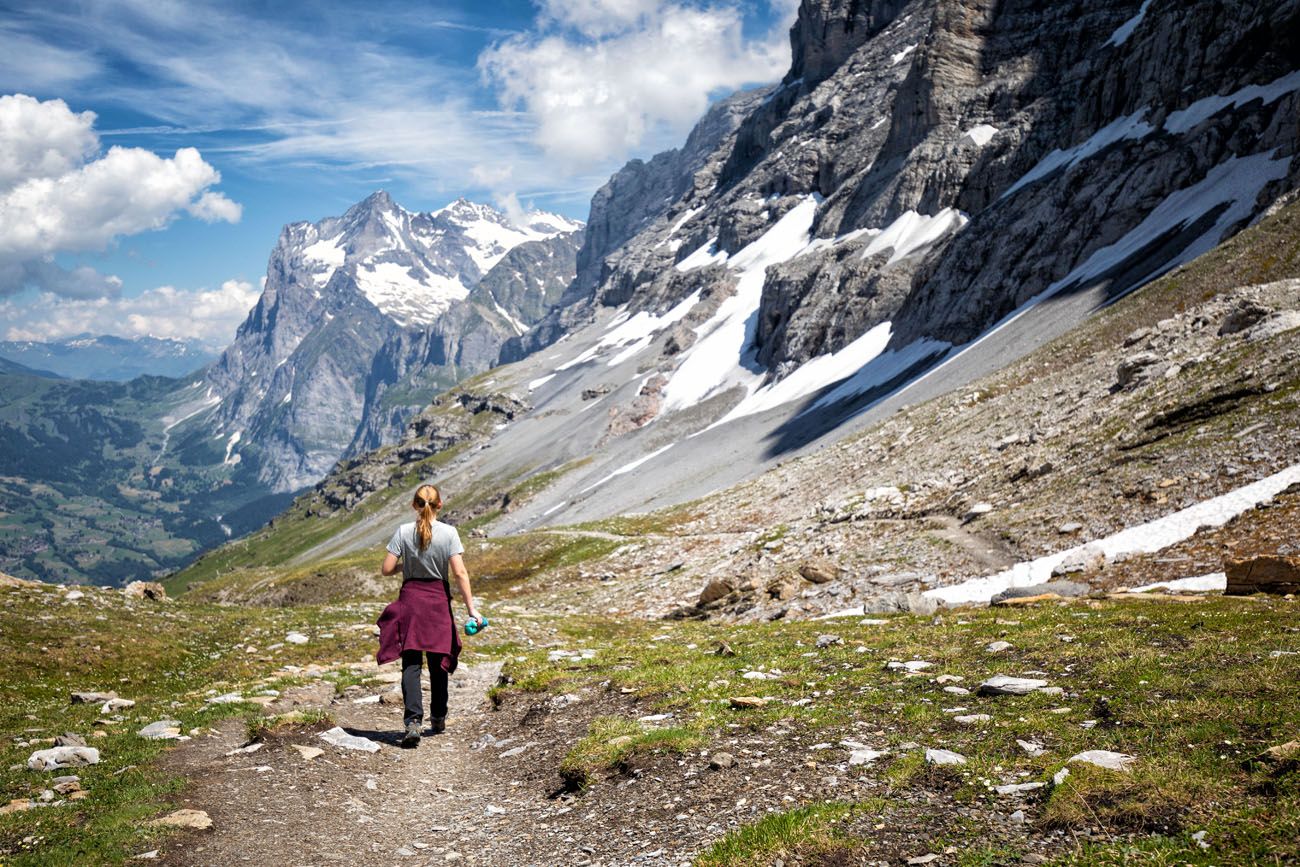
Eiger Trail
If you are doing fantastic on time, you can add on the Panorama Trail, a 5 km (3 mile) point-to-point hike that runs from Kleine Scheidegg to Männlichen.
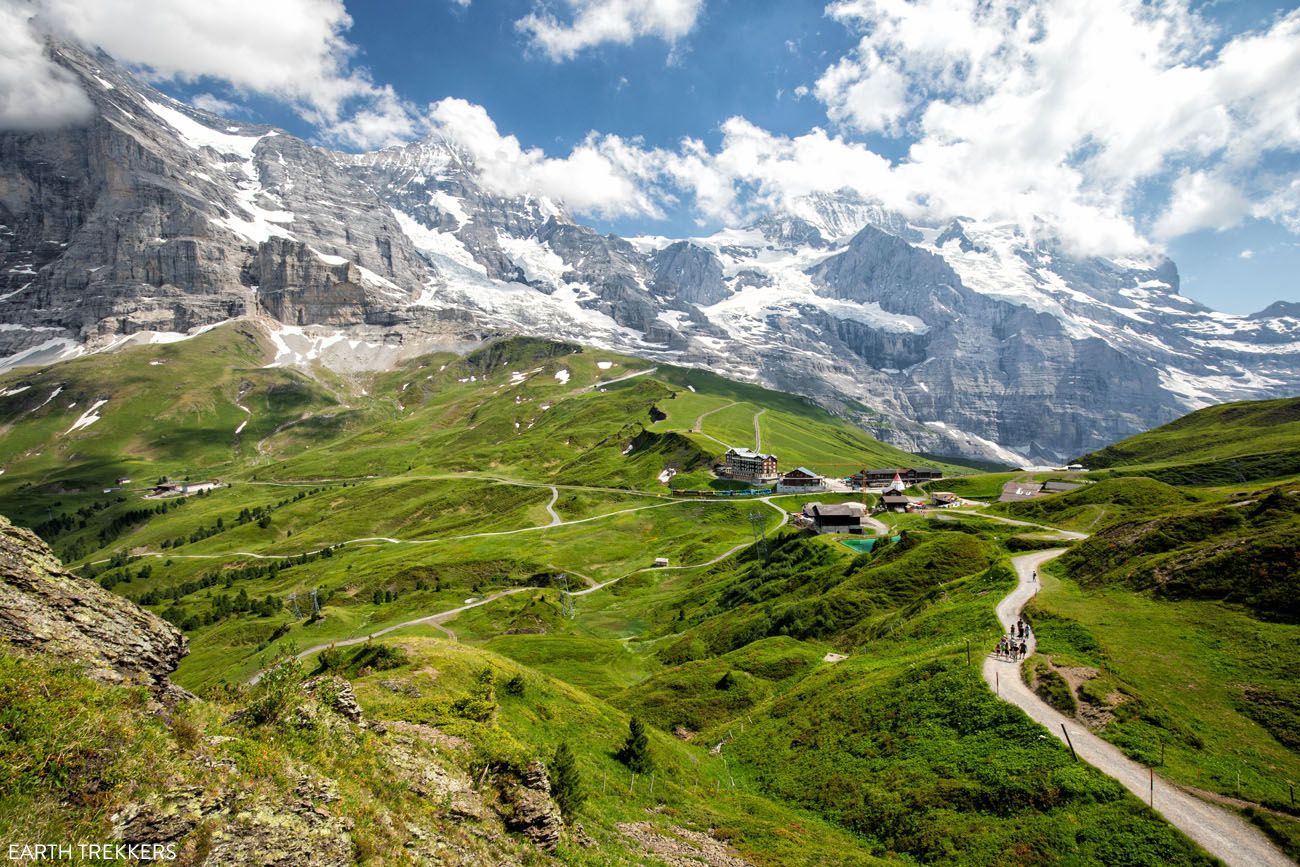
View of the Panorama Trail and Kleine Scheidegg from Restaurant Grindelwaldblick
PRO TRAVEL TIP: If you have 3 or more days in the Jungfrau region, put this day on the clearest weather day while in the area. The tickets to visit Jungfraujoch are expensive, so you want the best views to make it worth its big sticker price.
We have a detailed guide on how to plan this day. For more information, take a look at our article One Day in Jungfraujoch & the Eiger Trail ↓
One Day in the Jungfrau Region: Jungfraujoch & the Eiger Trail
How to visit Jungfraujoch, hike the Eiger Trail, and add on the Panorama Trail, in one very busy but memorable day.Day #3: Eiger Trail & the Panorama Trail
This day is very similar to day #2. The biggest difference is that it does not include Jungfraujoch.
It costs roughly 200 CHF per person to visit Jungfraujoch and for some people, it is just not worth the huge expense. This itinerary is for those who plan to skip Jungfraujoch but still want to do two amazing, easy, breathtaking hikes in the Jungfrau region.
You can do these two hikes in either order, but the most time efficient is to start with the Panorama Trail and then do the Eiger Trail.
From your hotel, travel to Wengen. From Wengen, ride the cable car to Männlichen.
Once in Männlichen, you have the option to do the Royal Way hike, with is a 2 km round trip hike that takes you to a stunning viewpoint over Lauterbrunnen Valley. It takes approximately 30 to 45 minutes.
Then, walk the Panorama Trail from Männlichen to Kleine Scheidegg. This is a 4.9 km (3 mile) easy, slightly downhill walk that is great for all ages and ability levels. Mönch, Eiger, and Jungfrau will be smack in front of you doing the hike in this direction and it is a gorgeous view.
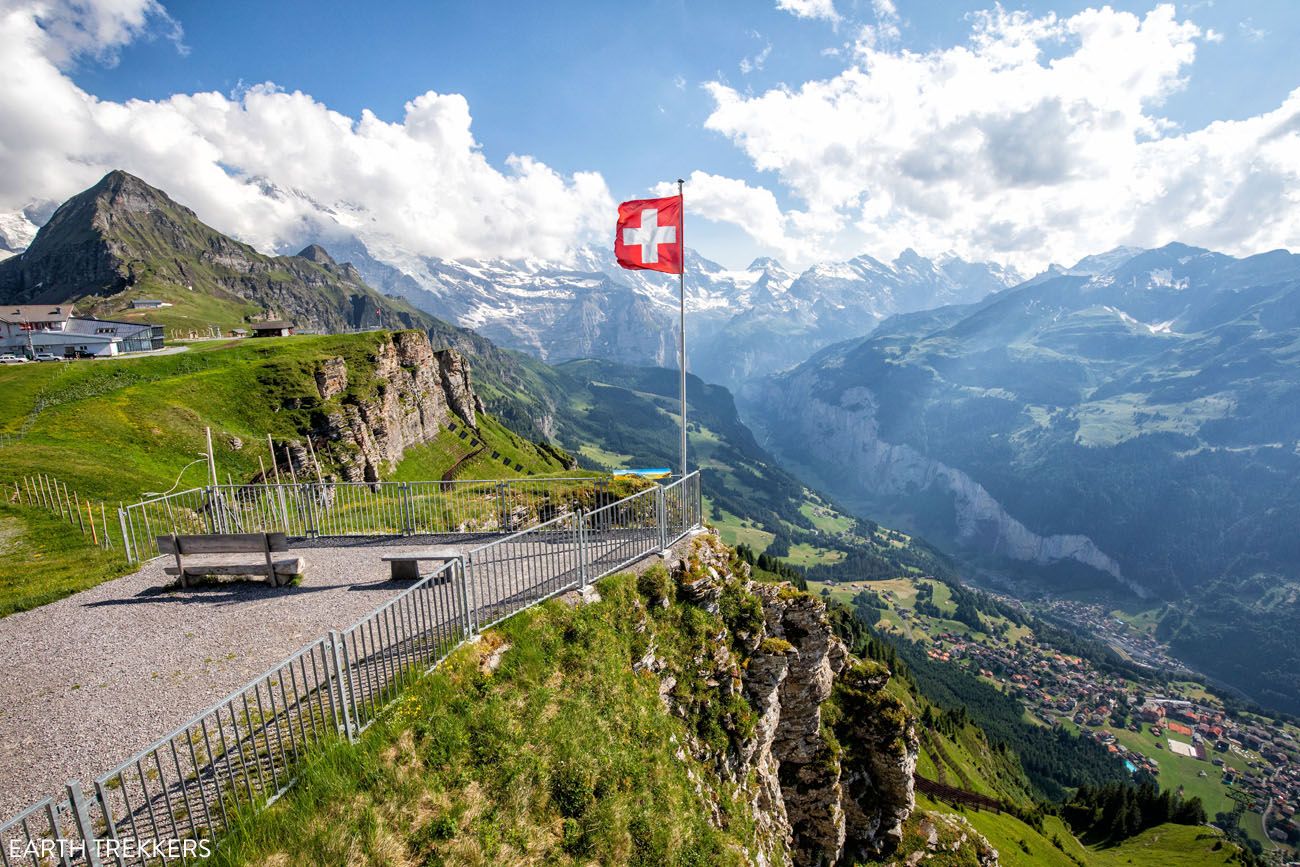
The view from Männlichen
Just before getting to Kleine Scheidegg, be sure to visit Restaurant Grindelwaldblick. There is a viewing platform that you can climb up that offers some of the best views of the day (the header photo for this guide was taken here). Have lunch here or in Kleine Scheidegg.
In the afternoon, hike the Eiger Trail. This hike starts near Eigergletscher. You can either take the train from Kleine Scheidegg to Eigergletscher or walk to the Eiger Trail. From Kleine Scheidegg, it is roughly a 1.3 km (0.8 mile) uphill walk to get to the Eiger Trail (walk the Jungfrau Eiger Trail and once you make it to Fallbodensee, look for signs directing you to the Eiger Trail).
The Eiger Trail is a 7.25 km (4.5 mile) point-to-point walk. It is mostly downhill and runs along the north face of Eiger mountain. This is another easy, gorgeous walk. It takes 2 to 3 hours and ends in Alpiglen.
How to Hike the Eiger Trail: A Step-By-Step Trail Guide
Everything you need to know to hike the Eiger Trail.From Alpiglen, return to your hotel. You can take the train to Grindelwald or Kleine Scheidegg and continue to your hotel from one of these towns, depending on where you are staying.
Day #4: Schilthorn, Birg & Mürren
Schilthorn is one of the highest peaks in the Jungfrau region and it is one of the best places to go for panoramic views of the Swiss Alps. It is located on the opposite side of the valley from Jungfraujoch, so you get a much different view of the area from Schilthorn. In our opinion, the view is better from Schilthorn than Jungfraujoch.
IMPORTANT: A new cable car system is currently being constructed from Stechelberg to Mürren to Schilthorn. It will be replacing the original cable car route. The original cable cars are still in operation, so you can still visit Schilthorn, but readers are reporting that the construction materials are taking away from the view at Schilthorn. This construction project is planned through 2026. Learn more here.
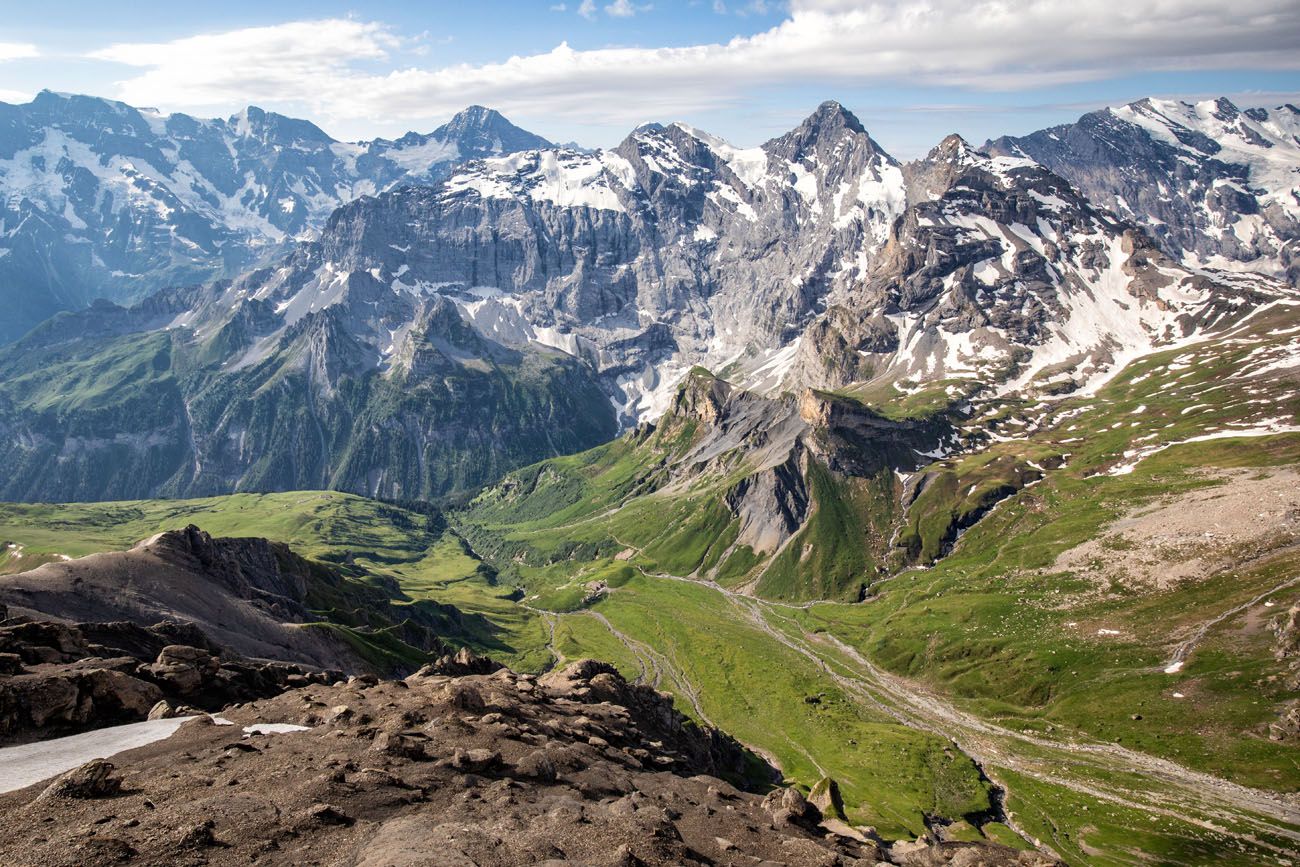
The view from Schilthorn
While at Schilthorn, enjoy the view as you dine at Piz Gloria, learn a little James Bond history at Bond World, and add on the thrilling Cliff Walk in Birg.
In the morning, ride the series of cable cars to Schilthorn. This cable car route starts in Stechelberg, goes through Gimmelwald and Mürren, and ends at Schilthorn. For information on how to get here from the towns in the Jungfrau region, take a look at our guide to Schilthorn.
PRO TRAVEL TIP: For the best experience, get started early in the day. You’ll ride the cable cars with less people, avoiding the wait in line. Plus, you’ll get to dine at Piz Gloria before it gets crowded.
On the return cable car to Mürren, make a stop at Birg to do the Birg Thrill Walk, for more spectacular views of the Jungfrau massif.
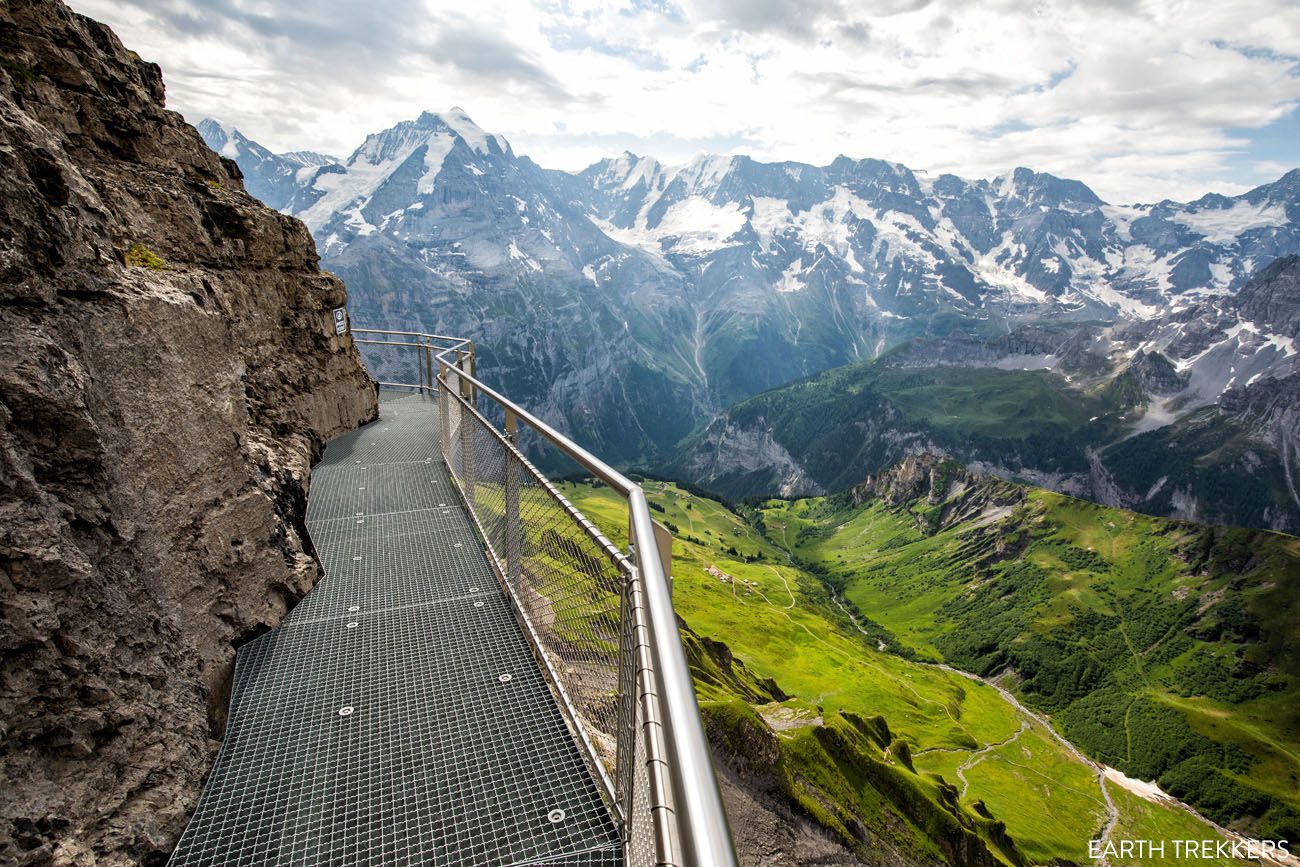
Birg Thrill Walk
Mürren, the Northface Trail, or the Mürren Via Ferrata
In the afternoon, take your pick between a leisurely exploration of Mürren and Gimmelwald, walking the Northface Trail, or doing the Mürren Via Ferrata.
Mürren and Gimmelwald are two villages that sit side-by-side. With one afternoon, you have plenty of time to see both of them, getting from one to the other by walking or riding the cable car.
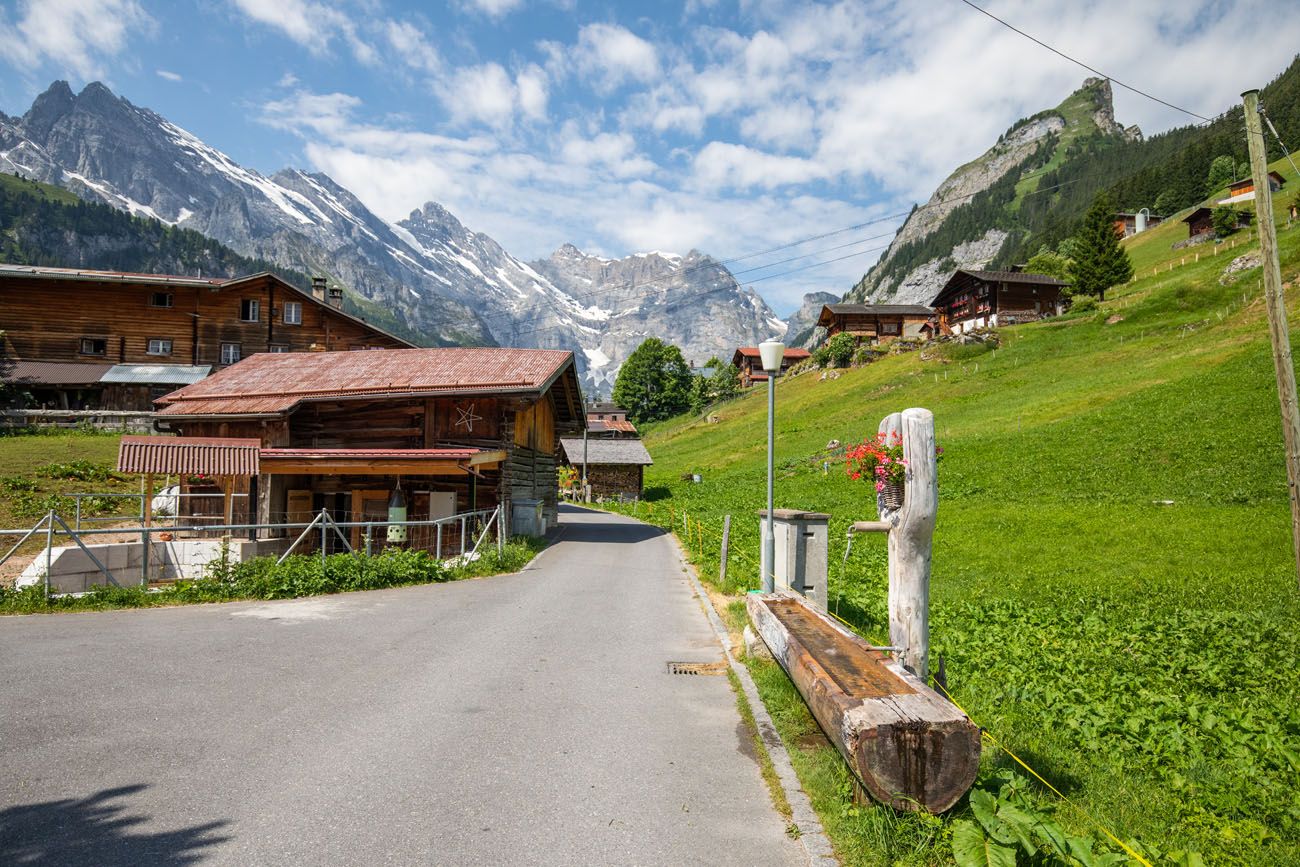
Gimmelwald
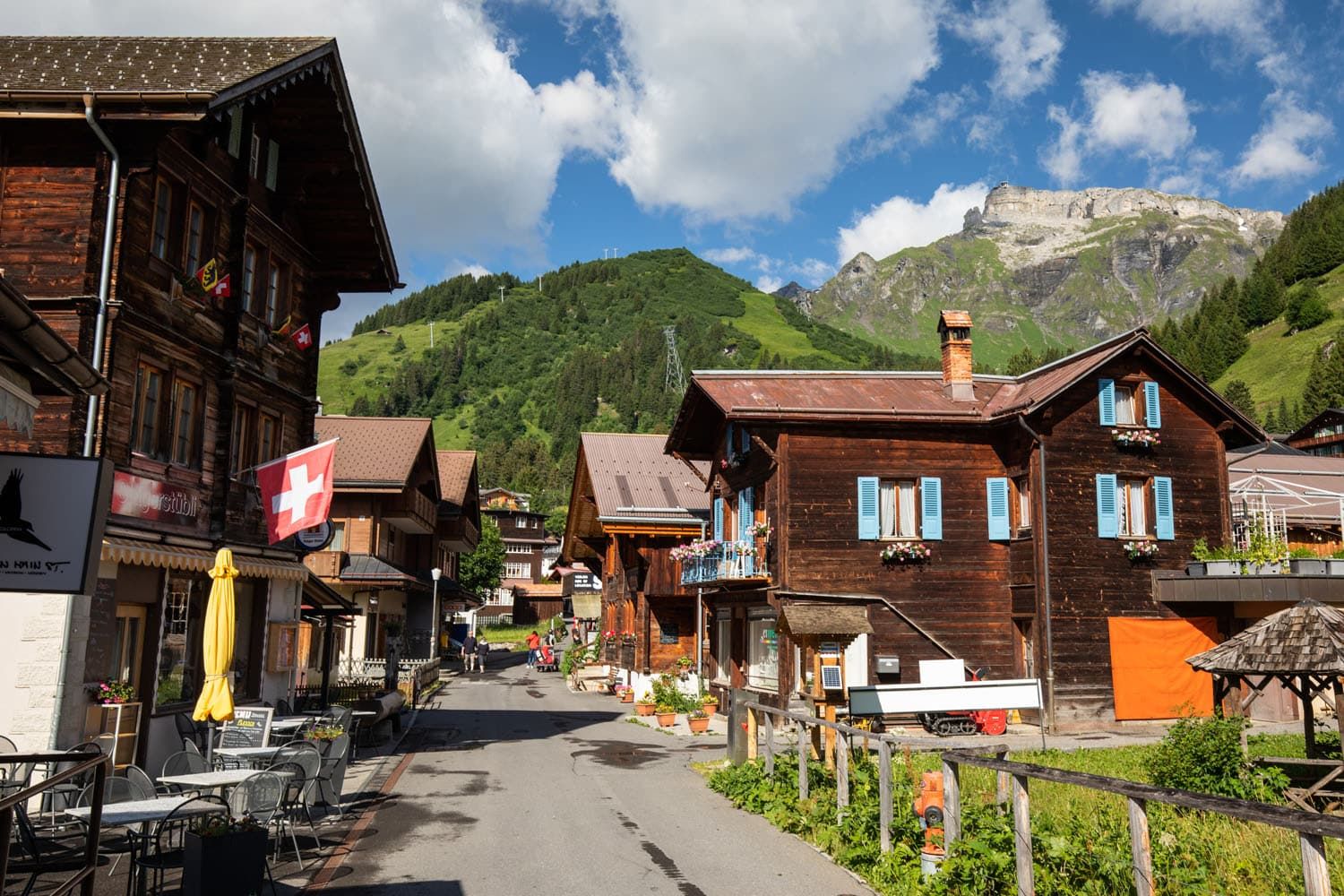
Mürren
The Northface Trail is a 7.4 km (4.6 mile) loop that starts and ends in Mürren. It is a beautiful, easy hike to do, with views of Mönch, Eiger, and Jungfrau, visits to small hamlets and farms, and the option to add on a visit to a waterfall. It takes about two and a half hours.
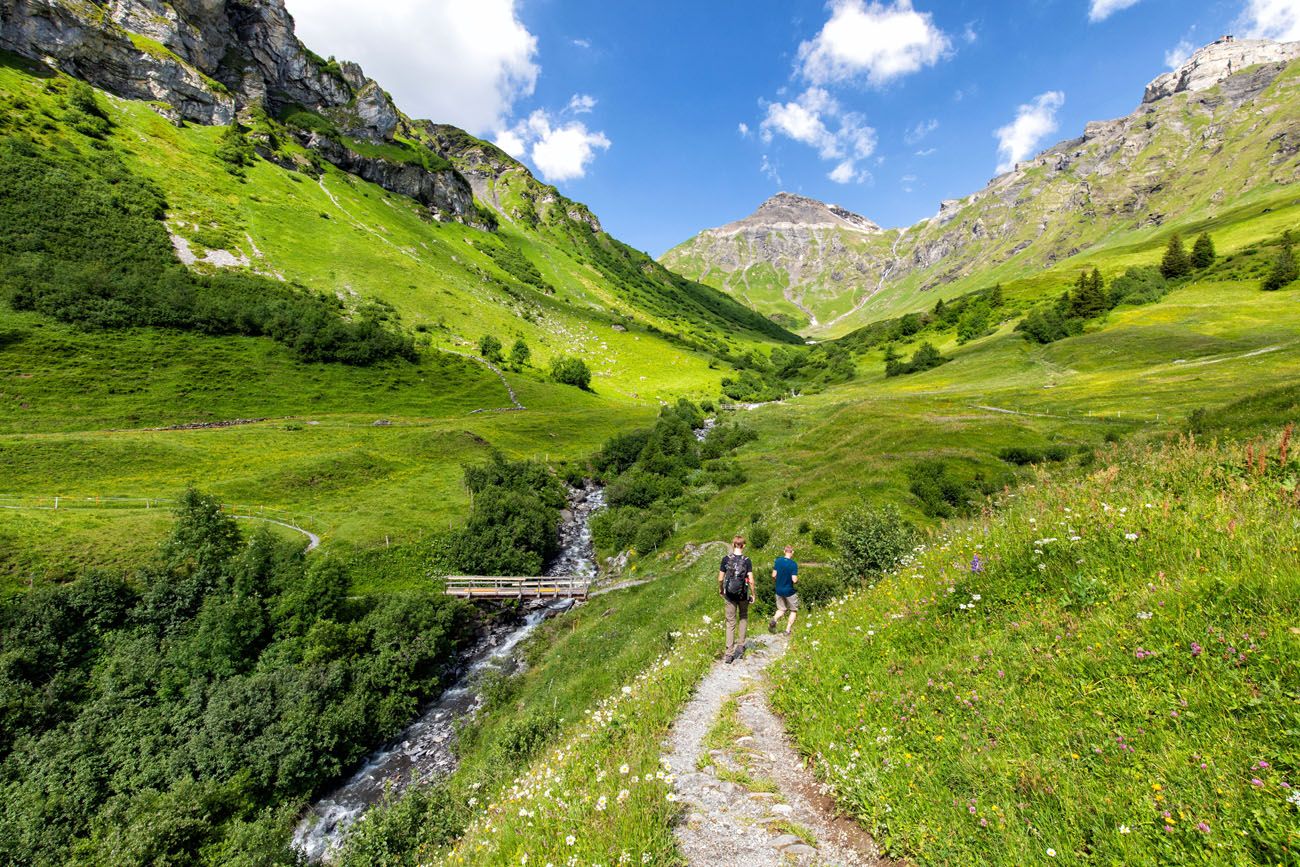
The Northface Trail
The Mürren Via Ferrata is the Jungfrau region’s most thrilling walk. This 2.2 km journey is part via ferrata and part hiking trail. You’ll cling to a cliff, climb down steep ladders, walk on a tightrope and a suspension bridge, and (with a guide) zip line across a ravine.
The Mürren Via Ferrata: One of Switzerland’s Most Thrilling Experiences
Everything you need to know to plan your Mürren via ferrata experience.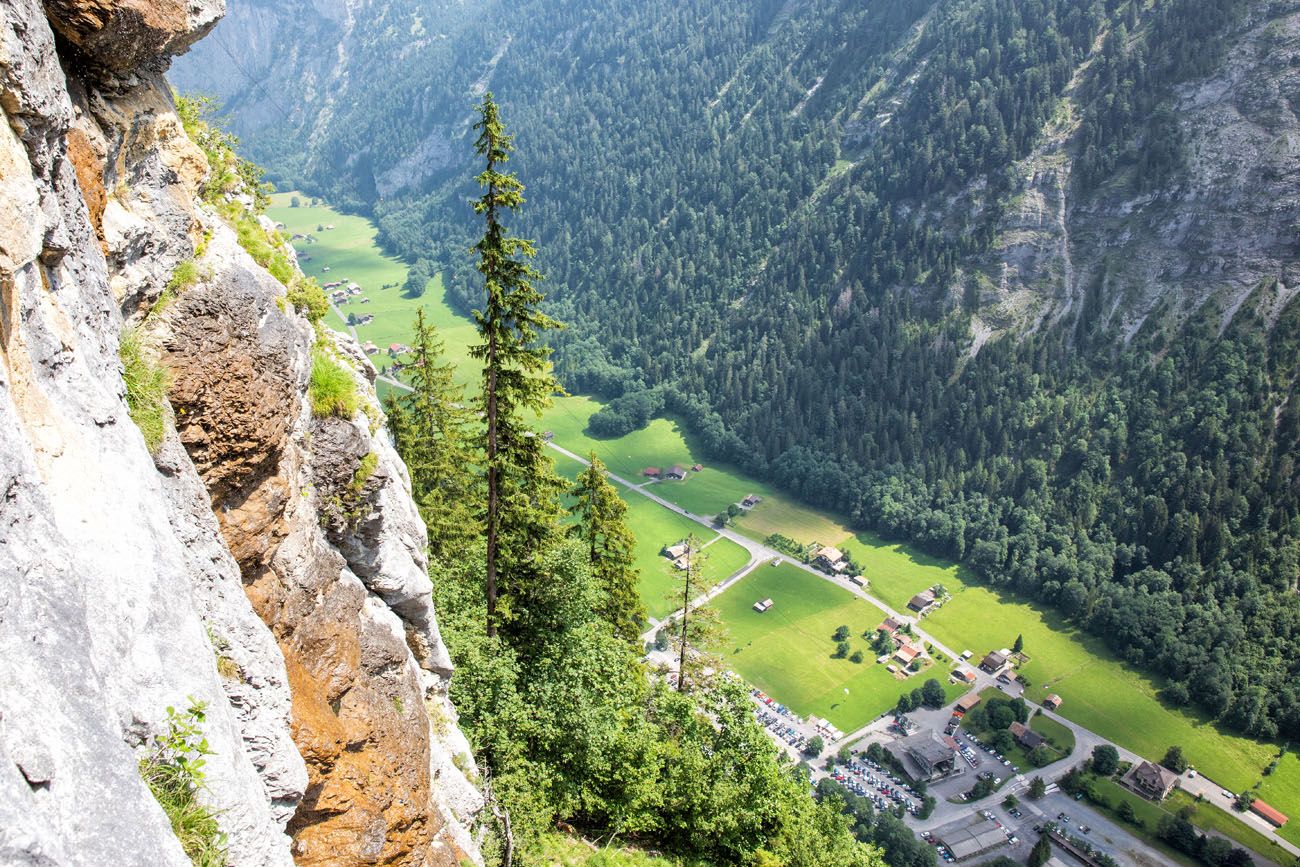
View from the Mürren via ferrata
In the evening, have dinner in Mürren. We recommend Hotel Bellevue if you want amazing views of the Alps. Hotel Eiger and Eiger Guesthouse Restaurant also get great reviews.
Day #5: Schynige Platte & First
There are two ways to plan your day today. On way is geared towards hikers and the other way is geared towards those who want the best views, without doing a massive hike.
Option #1: Hike from Schynige Platte to Faulhorn to First
This is one of the longest hikes in this region. It is a 16 km (10 mile) point-to-point hike that starts in Schynige Platte and ends in First. Along this hike, you get unbeatable views of the Lauterbrunnen Valley and the Jungfrau massif. It’s an essential Swiss hike to do for those who love hiking.
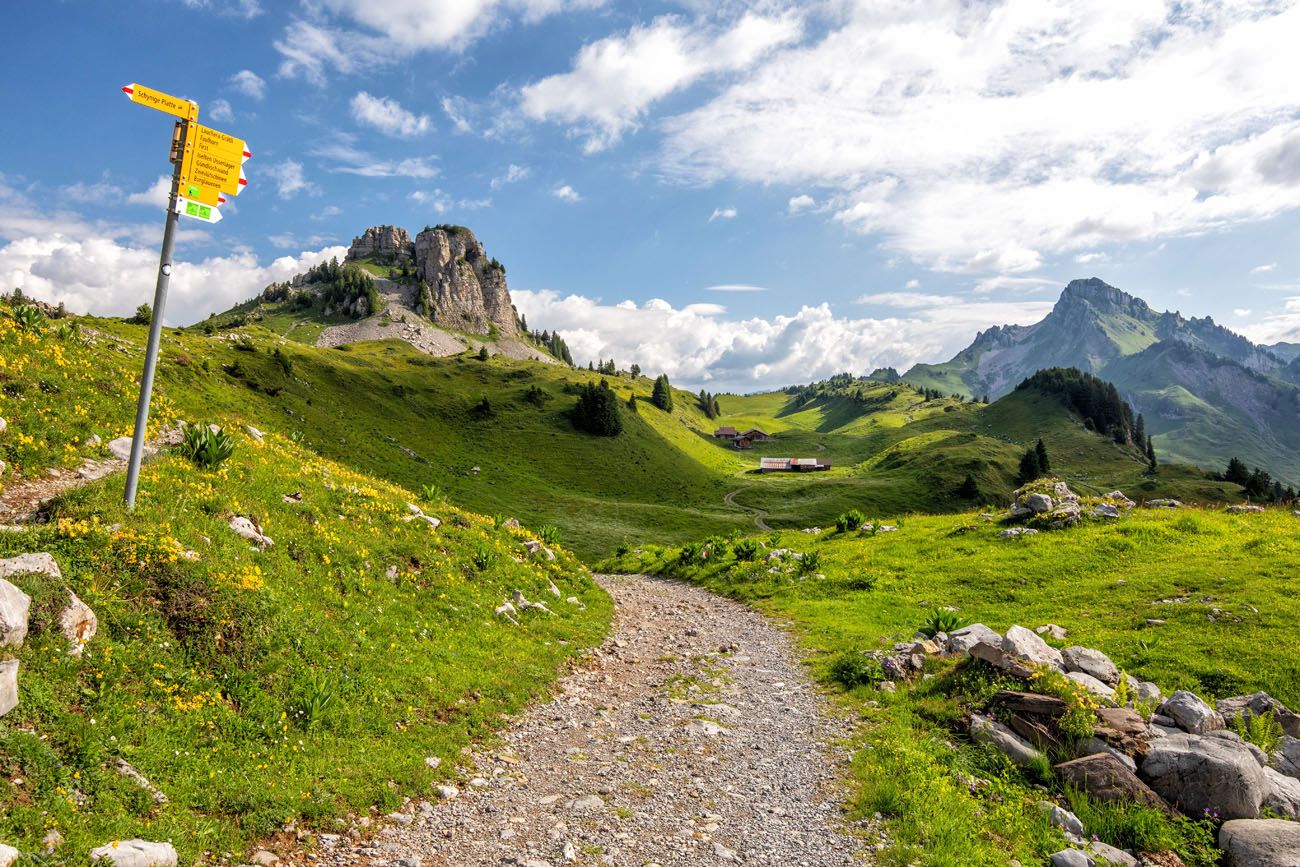
Start of the Schynige Platte to First hike
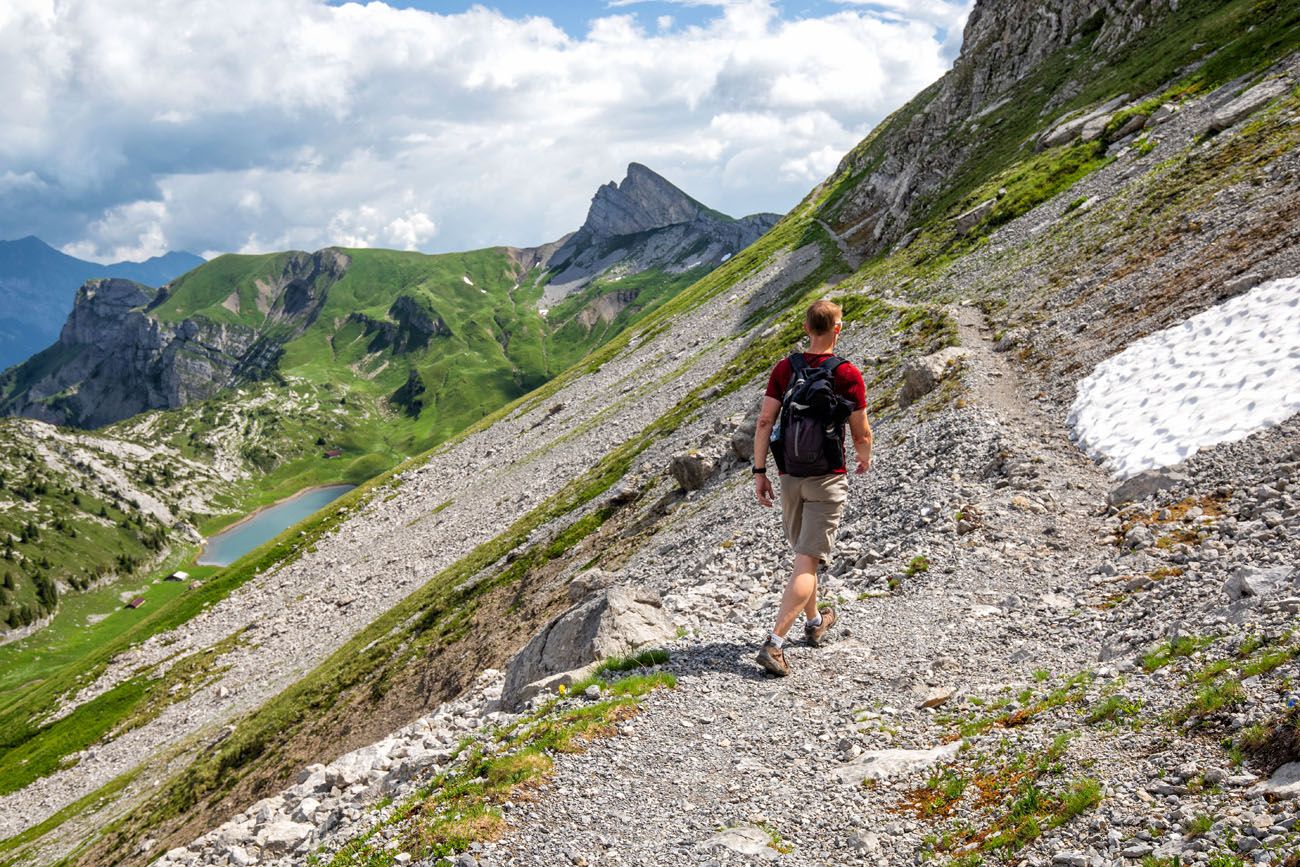
After the hike, spend a few hours in First, and then return to your hotel and have dinner in the town where you are staying.
Schynige Platte to Faulhorn to First Hike: Step-By-Step Trail Guide
Detailed trail guide for the point to point hike from Schynige Platte to First.Option #2: Schynige Platte & First
This version includes visits to both Schynige Platte and First, but you connect them with trains rather than a hiking trail.
In the morning, start at Schynige Platte. Travel to Wilderswil and ride the cogwheel train to Schynige Platte. This historic train travels just over 7 km up into the mountains, offering awesome views over Lake Brienz and the Lauterbrunnen Valley. It takes about 52 minutes and trains leave every 40 minutes. Get pricing and the timetable here.
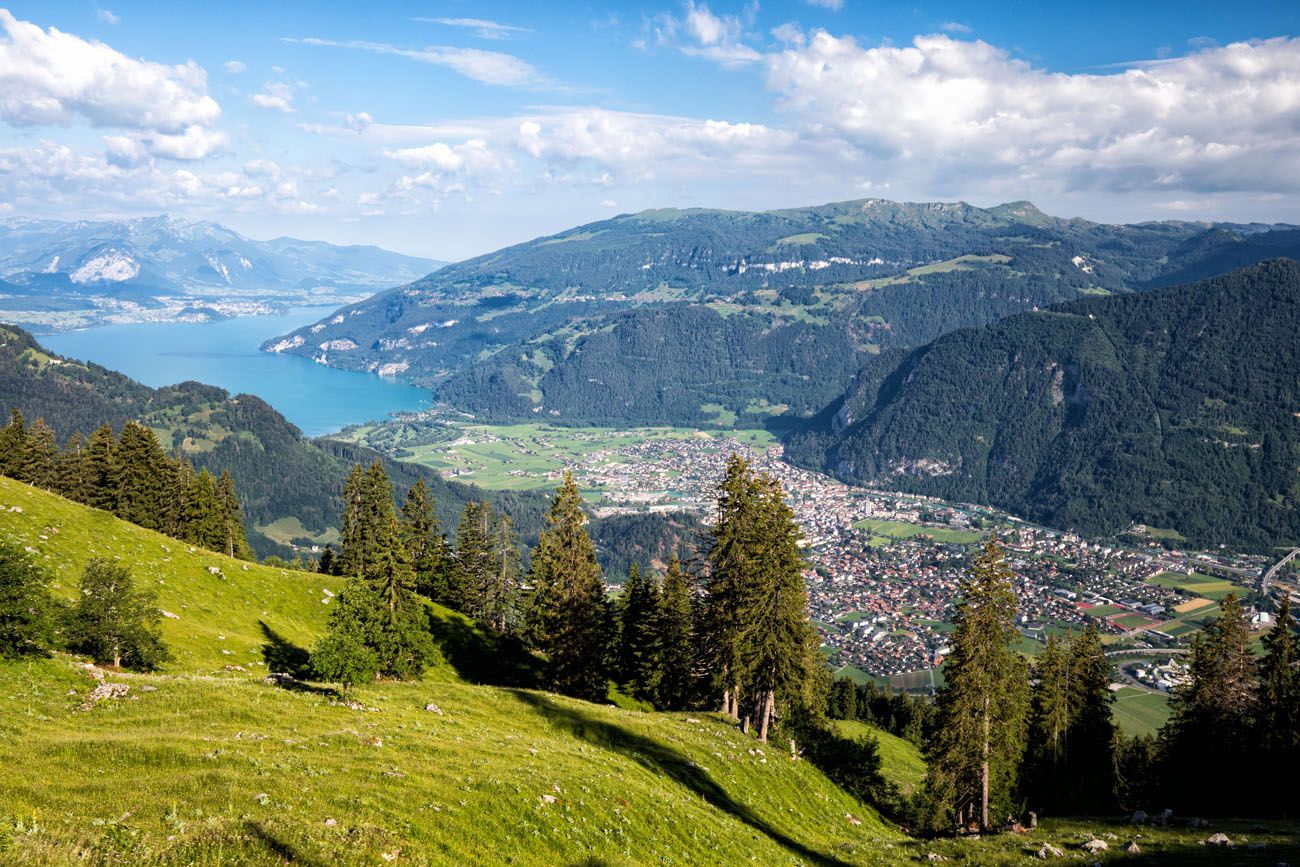
The view of Interlaken from the train
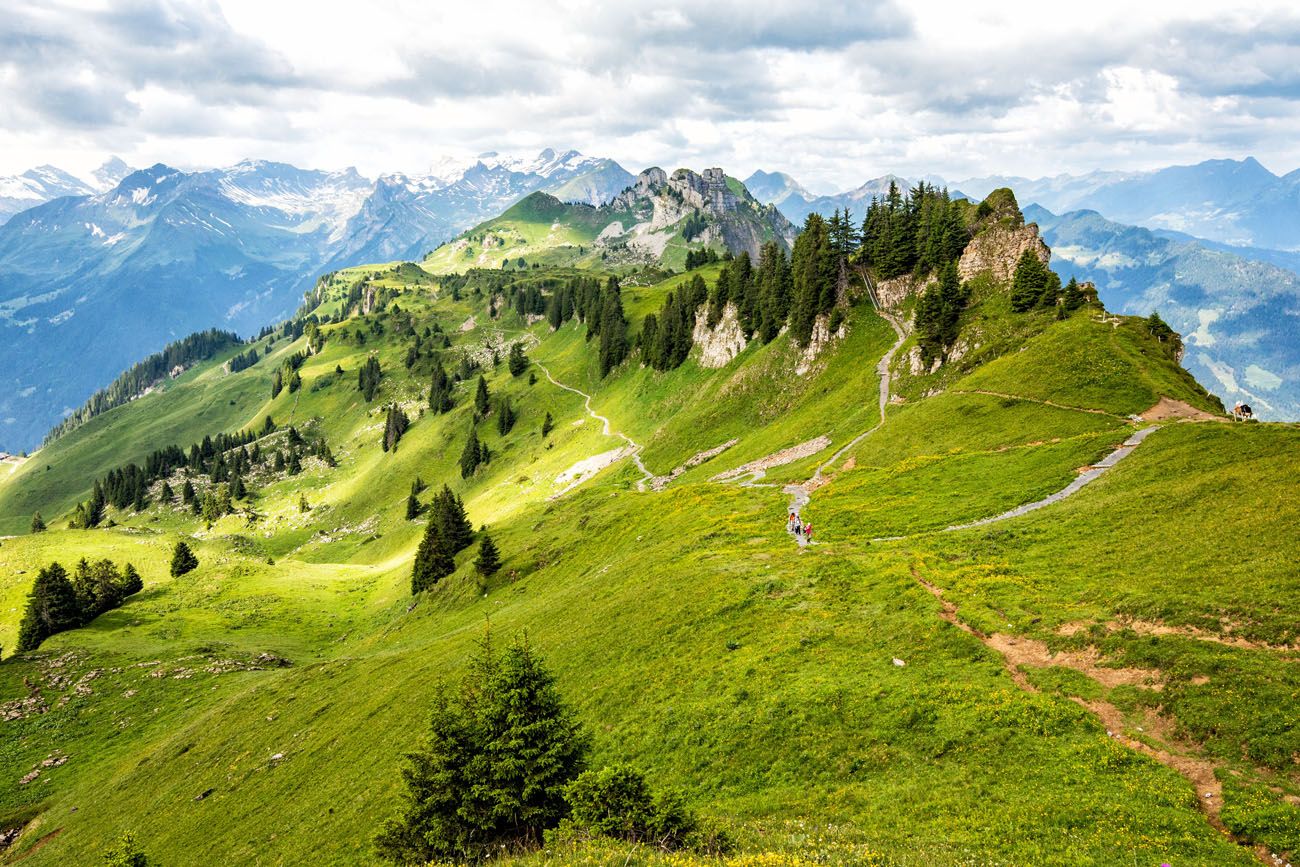
Panorama Trail at Schynige Platte
Once in Schynige Platte, there are several ways to fill your time. Visit the Botanical Alpine Garden, walk the Swiss Flower or Panorama Trails (3 km round trip, about 1 to 1.5 hours), and kids can play at the alpine playground. There is also a restaurant and hotel here.
After visiting Schynige Platte, ride the train to Wilderswil and then take the train to Grindelwald. Once in Grindelwald, ride the Grindelwald gondola to First.
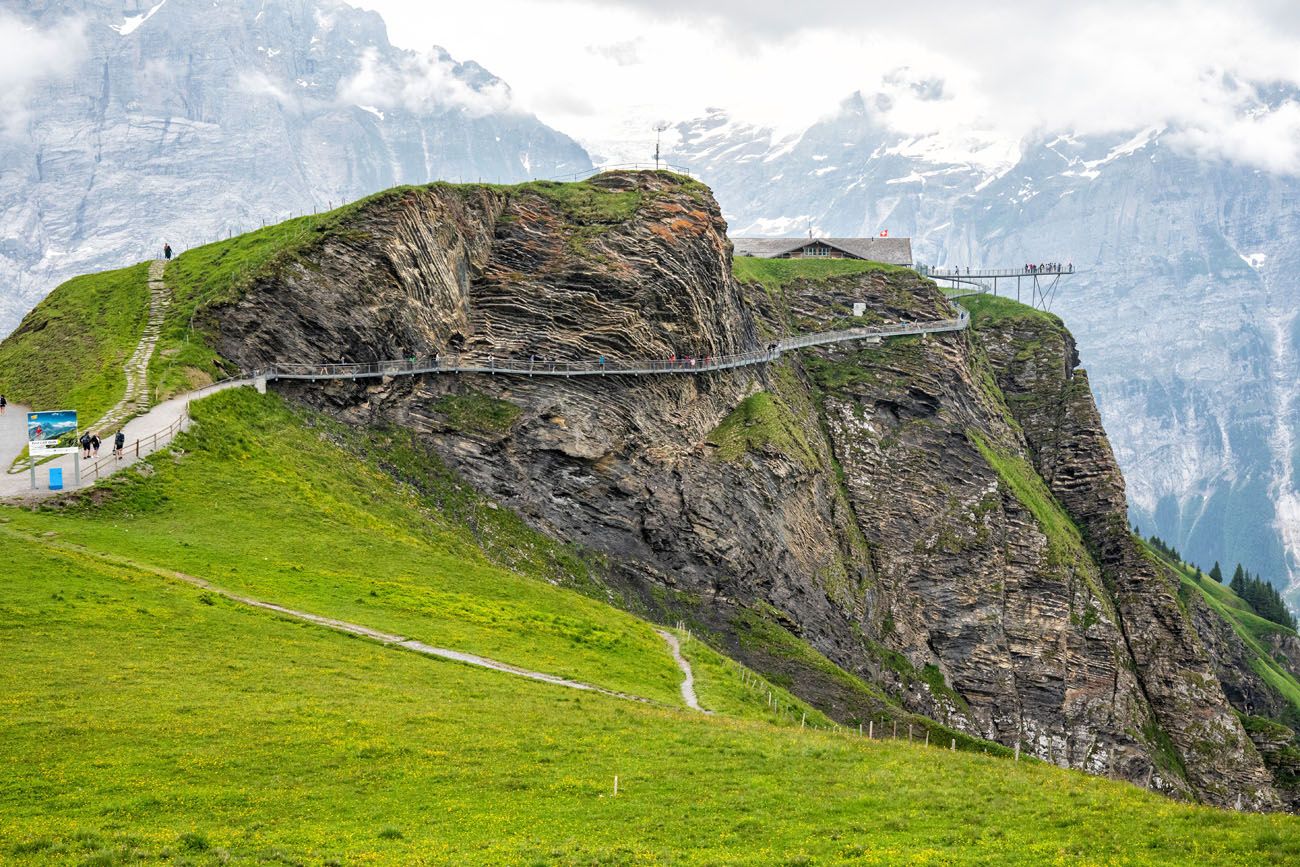
First Cliff Walk
There is lots to do in First, including the First Cliff Walk, ride the First Flyer or First Glider for thrilling views, or ride the go-karts downhill from First. Those who want a little more exercise can hike to Bachalpsee (6 km round trip, about 2 hours) or Grosse Scheidegg (5.5 km round trip, about 2 hours).
In the late afternoon, return to your hotel and have dinner.
Day #6 Lauterbrunnen Valley
This is a more leisurely day which includes a walk through Lauterbrunnen Valley, a visit to Trummelbach Falls, and some time in lovely Lauterbrunnen.
If you have a rainy or cloudy day in the Jungfrau region, this is the best option for this day, since you are down in the valley.
In the morning, travel to Stechelberg. From Stechelberg, walk to Lauterbrunnen. This is an easy, mostly flat walk that takes you past small Swiss chalets and colorful gardens, with the mountains rising high above you in all directions.
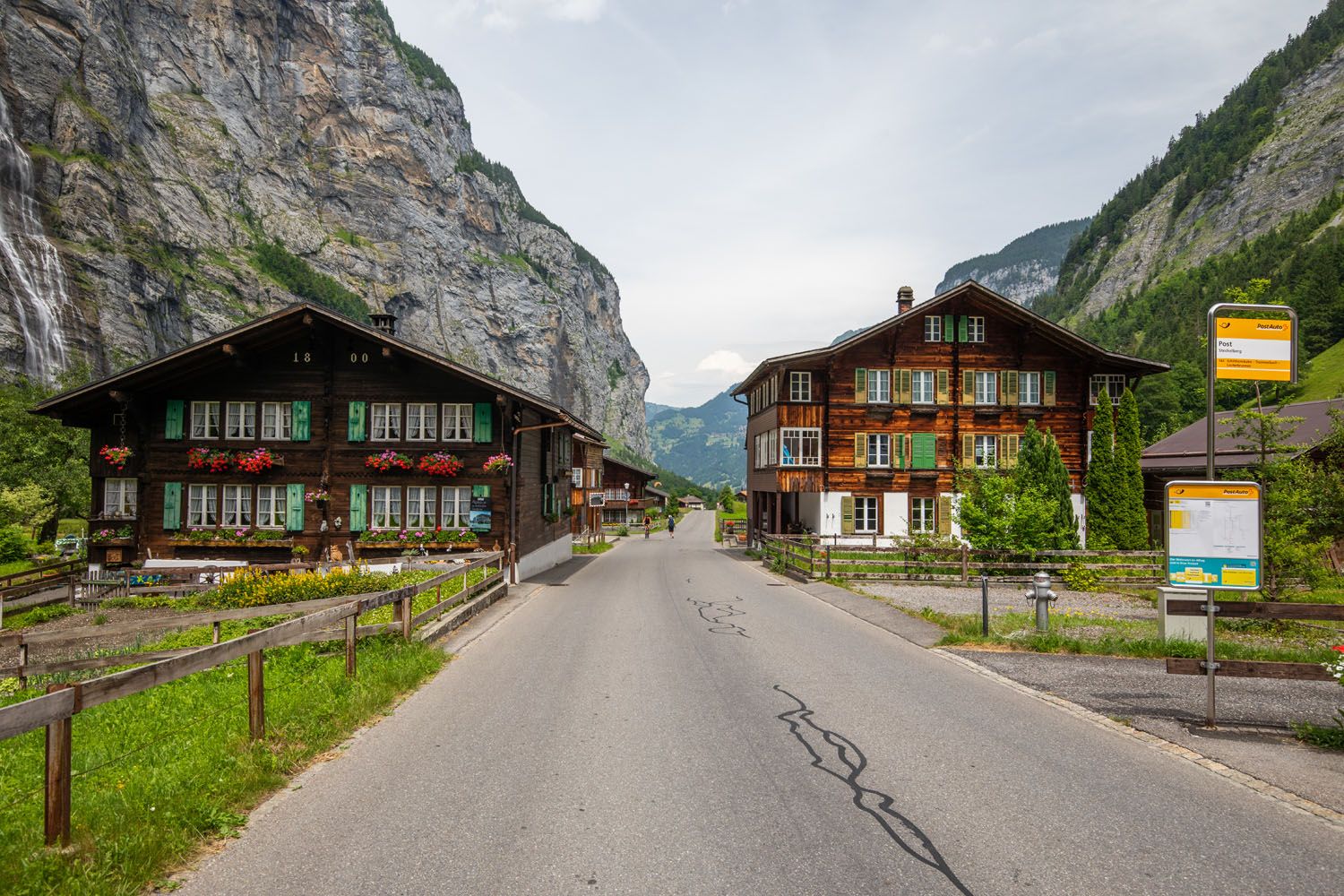
Walking through Lauterbrunnen Valley
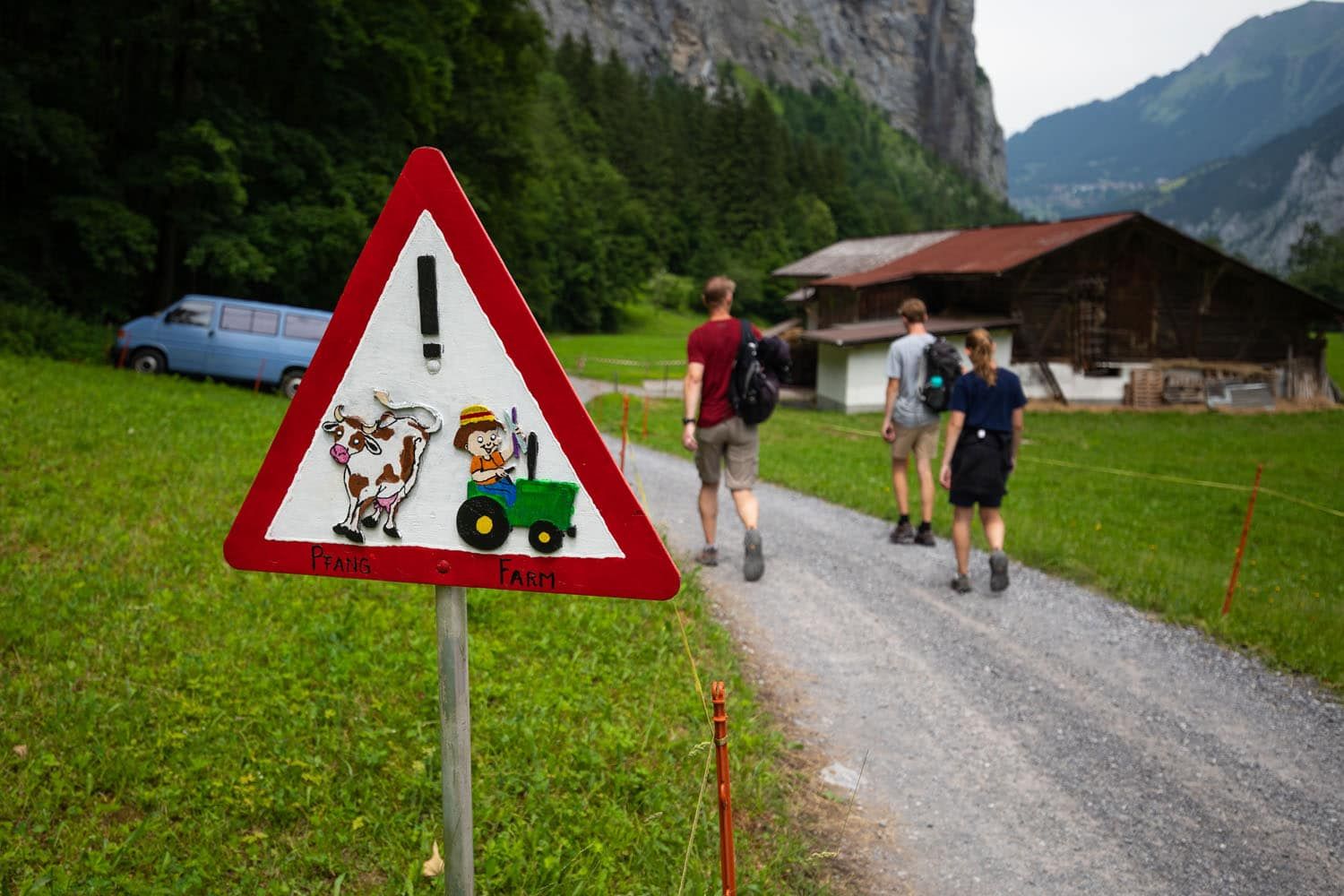
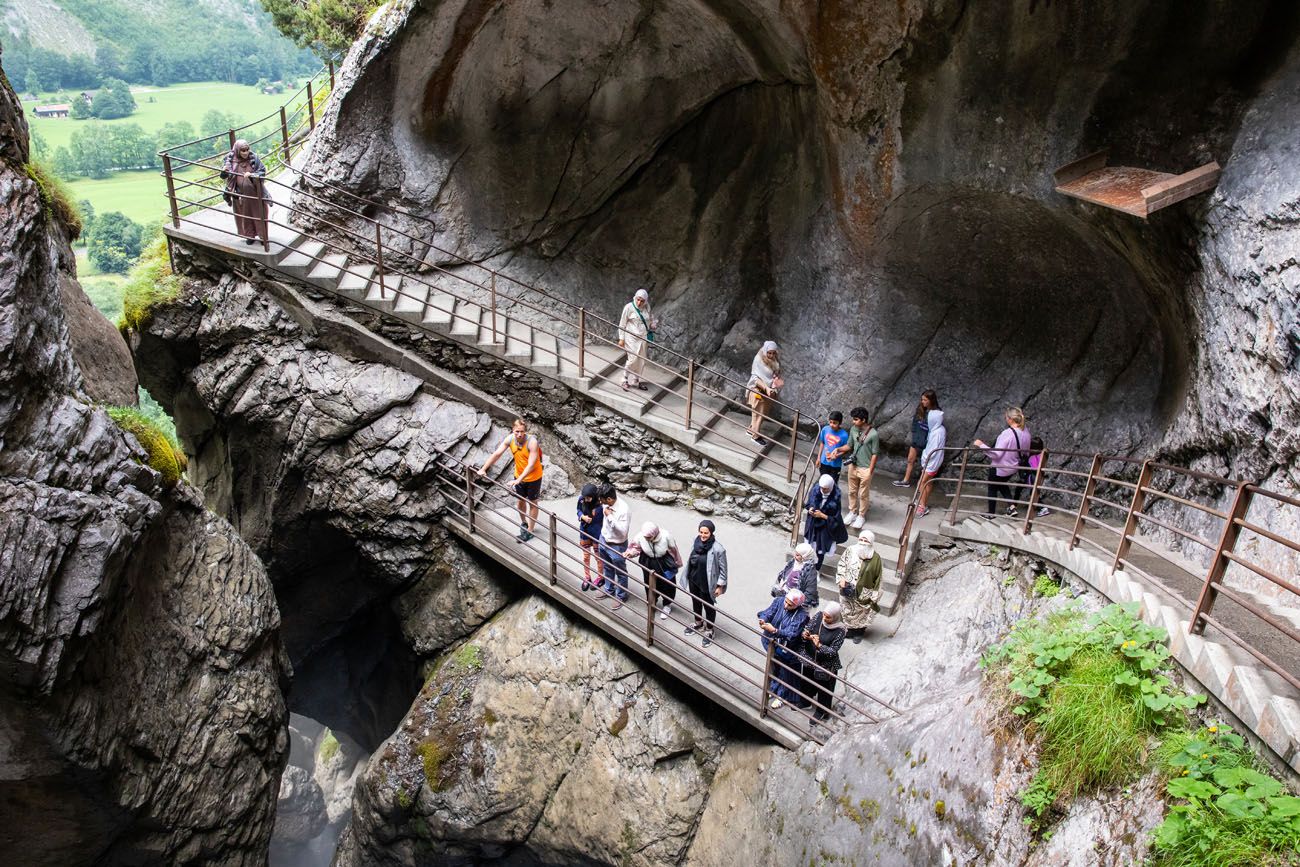
Viewing platforms in Trummelbach Falls
Along this walk, add on the detours to Trummelbach Falls and Murrenbach Fall. Trummelbach Falls is a powerful water that is glacier melt from Monch, Eiger, and Jungfrau. On this visit, you will walk on boardwalk trails to different viewing platforms of the waterfall.
Have lunch in Lauterbrunnen, stroll through town, and photograph beautiful Staubbach Falls.
Day #7: Chill Day/ Contingency Day
If you are able to, it’s a good idea to plan on a rest day or chill day while in the Jungfrau region. The chance that you will have crystal clear skies on your entire visit is unlikely, as thunderstorms and cloudy days do occur during the summer months. Plus, day after day of big plans does get to be exhausting, even in a place as beautiful and thrilling as the Jungfrau region.
This day also gives you the ability to add in a short hike that you may have had to skip on another day (for example, the Northface Trail or the via ferrata). Another idea is to go paragliding, which is another popular thing to do in the Jungfrau region.
Day #8: Longer Hikes in the Jungfrau Region
There are several longer hikes to do in the area.
The hike from Gimmelwald to Tanzbödeli to Obersteinberg and Stechelberg is a beautiful but challenging 14 km (8.7 mile) hike. It takes 6 to 8 hours and offers a unique view of Mönch, Eiger, and Jungfrau.
The Hardergrat Trail is 24 km point-to-point and is by far the most challenging hike in the area. For part of the hike, the trail follows along a very narrow ridge. With drop-offs and brief sections of rock scrambling, this is a dangerous hike and only recommended for those with a high level of physical fitness and lots of hiking experience. It is located near Interlaken.
Jungfrau Itinerary Recommendations
To plan your Jungfrau itinerary, take your pick from the daily itineraries listed above. For example, if you have 5 days in the Jungfrau region, pick your five favorite daily itineraries.
For recommendations on how to put all of this together, below we list sample multi-day itineraries, putting together the daily itineraries listed above.
Note: For each itinerary, the days can be done in any order. It’s best to watch the weather and visit Jungfraujoch and Schilthorn on the clearest weather days.
One Day in the Jungfrau Region
With one day in the Jungfrau region, I recommend starting as early as possible from your starting point (Lucerne, Zürich, etc).
Take your pick between Jungfraujoch and Schilthorn, but only visit these alpine peaks if the weather is clear. If it is a cloudy day, you risk paying a small fortune to just view the clouds. In the afternoon, hike the Eiger Trail (if you visited Jungfraujoch) or the Mürren via ferrata or the Northface Trail (if you visited Schilthorn).
Two Days in the Jungfrau Region
Day One: Day #1, Arrive from Lucerne, Zürich, Zermatt, Bern, or Lausanne
Day Two: Take your pick between Day #2 (Jungfraujoch & the Eiger Trail), Day #3 (Eiger Trail and Panorama Trail) and Day #4 (Schilthorn, Birg & Murren)
Three Days in the Jungfrau Region
Day One: Day #1, Arrive from Lucerne, Zürich, Zermatt, Bern, or Lausanne
Day Two: Take your pick between Day #2 (Jungfraujoch & the Eiger Trail) and Day #3 (Eiger Trail and Panorama Trail)
Day Three: Day #4 (Schilthorn, Birg & Mürren)

Mürren
Four Days in the Jungfrau Region
Day One: Day #1, Arrive from Lucerne, Zürich, Zermatt, Bern, or Lausanne
Day Two: Take your pick between Day #2 (Jungfraujoch & the Eiger Trail) and Day #3 (Eiger Trail and Panorama Trail)
Day Three: Day #4 (Schilthorn, Birg & Mürren)
Day Four: Day #5 (Schynige Platte & First)
Five Days in the Jungfrau Region
Day One: Day #1, Arrive from Lucerne, Zürich, Zermatt, Bern, or Lausanne
Day Two: Take your pick between Day #2 (Jungfraujoch & the Eiger Trail) and Day #3 (Eiger Trail and Panorama Trail)
Day Three: Day #4 (Schilthorn, Birg & Mürren)
Day Four: Day #5 (Schynige Platte & First)
Day Five: Day #7 (Chill Day/Contingency Day)
Six Days in the Jungfrau Region
Day One: Day #1, Arrive from Lucerne, Zürich, Zermatt, Bern, or Lausanne
Day Two: Take your pick between Day #2 (Jungfraujoch & the Eiger Trail) and Day #3 (Eiger Trail and Panorama Trail)
Day Three: Day #4 (Schilthorn, Birg & Mürren)
Day Four: Day #5 (Schynige Platte & First)
Day Five: Day #7 (Chill Day/Contingency Day)
Day Six: Day #6 (Lauterbrunnen Valley)
Seven Days in the Jungfrau Region
Day One: Day #1, Arrive from Lucerne, Zürich, Zermatt, Bern, or Lausanne
Day Two: Take your pick between Day #2 (Jungfraujoch & the Eiger Trail) and Day #3 (Eiger Trail and Panorama Trail)
Day Three: Day #4 (Schilthorn, Birg & Mürren)
Day Four: Day #5 (Schynige Platte & First)
Day Five: Day #7 (Chill Day/Contingency Day)
Day Six: Day #6 (Lauterbrunnen Valley)
Day Seven: Day #8 (Longer hike in the Jungfrau region)
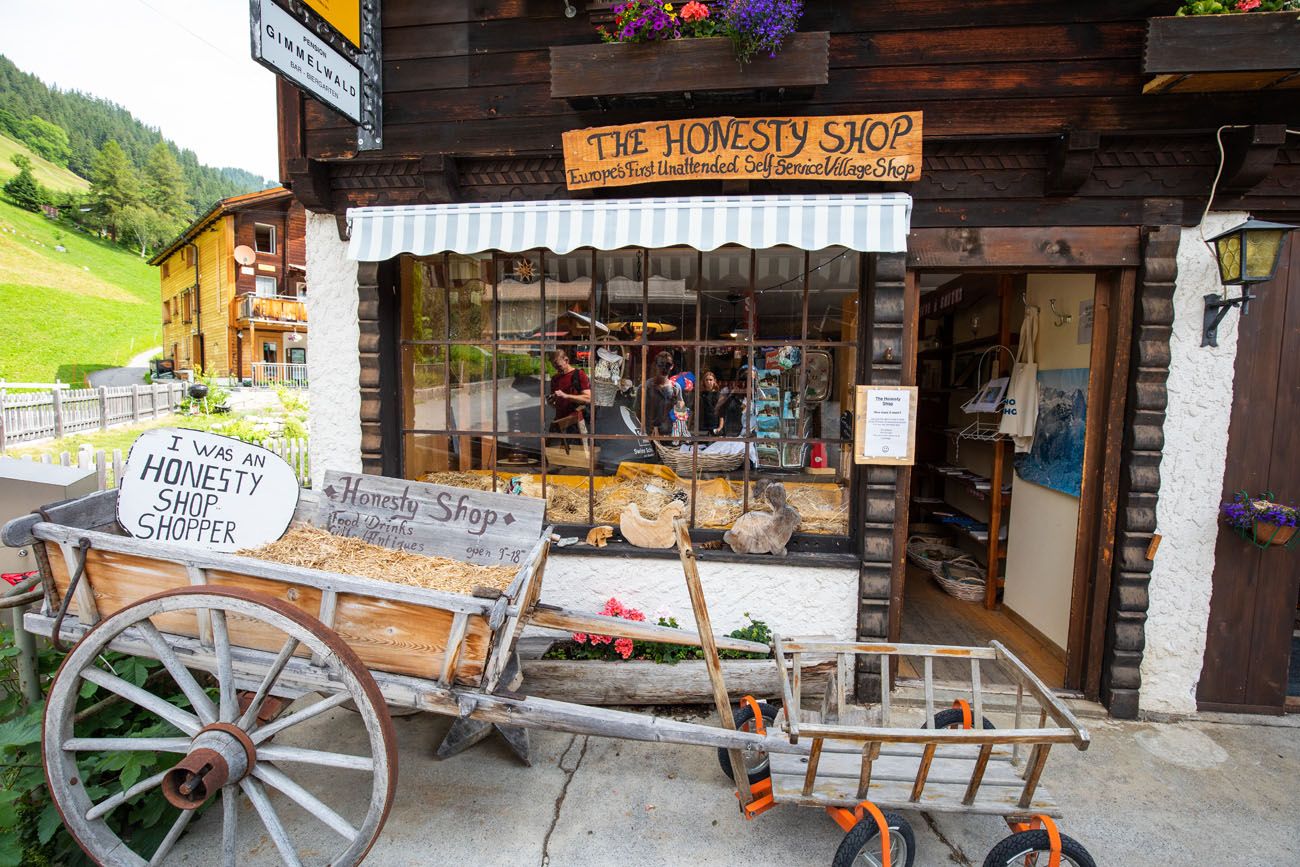
Gimmelwald
Where to Stay in the Jungfrau Region
There are quite a few towns to choose from in the Jungfrau region. Which one you choose depends upon how much time you have and what kind of experience you would like to have.
For quick visits to the Jungfrau region (1 to 2 days), I recommend staying in Interlaken, Grindelwald, or Lauterbrunnen, since these are the easiest towns to get to.
For longer visits (3 or more days), stay in a town in the mountains for the best experience. To start and end your days with a view of the Jungfrau massif is an unforgettable experience. We stayed in Mürren and loved it. It takes longer to get here but you reward is multiple days in one of the prettiest villages in Europe. Wengen and Gimmelwald also make good options.
Where to Stay in Jungfrau, Switzerland: Best Towns & Hotels
Best places to stay in the Jungfrau region, organized by location and budget.Frequently Asked Questions
How many days do you need in the Jungfrau region?
The easy answer would be as many as possible. We recommend spending at least three days in the Jungfrau region. That gives you enough time to visit both sides of the Lauterbrunnen Valley, ride the cable cars to Schilthorn and Jungfraujoch, and hike a trail or two. Each additional day you add on gives you more time to explore this beautiful region, plus these extra days give you some contingency time should you get cloudy or rainy weather.
Is the Jungfrau region worth it?
The Jungfrau region is not only one of the most beautiful areas in Switzerland, it’s one of the most beautiful places in the world. It can be an expensive place to visit, but the views of the mighty Jungfrau massif, the hikes, and the quaint villages all combine perfectly into one of the most memorable, enjoyable places to visit in Europe.
When is the best time to visit the Jungfrau region?
If you are a hiker or want to walk the trails in the Jungfrau region, June through early October is the best time to visit the area, when all of the trails are open. During winter months, the Bernese Oberland is a snow-covered wonderland. Ride the cable cars to Schilthorn and Jungfraujoch for spectacular views, go skiing, and spend the evenings in a cozy hotel with views of the snow-capped mountains. Spring or fall are the transition time between hiking and skiing and during this time, some cable cars can close for maintenance.
If you have any questions about planning your Jungfrau itinerary, let us know in the comment section below.
More Information for Your Trip to Switzerland
We have TONS more information about Switzerland in our Switzerland Travel Guide, including Zürich, Lucerne, the Bernese Oberland, Zermatt, Lugano, and Lausanne.
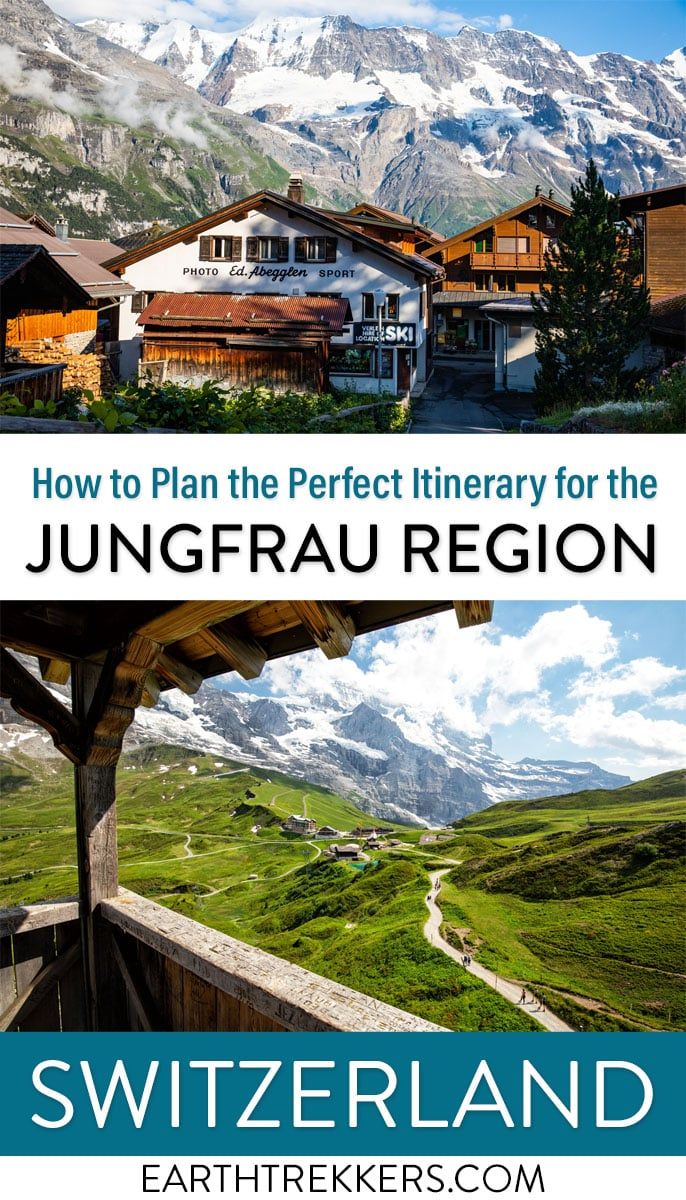
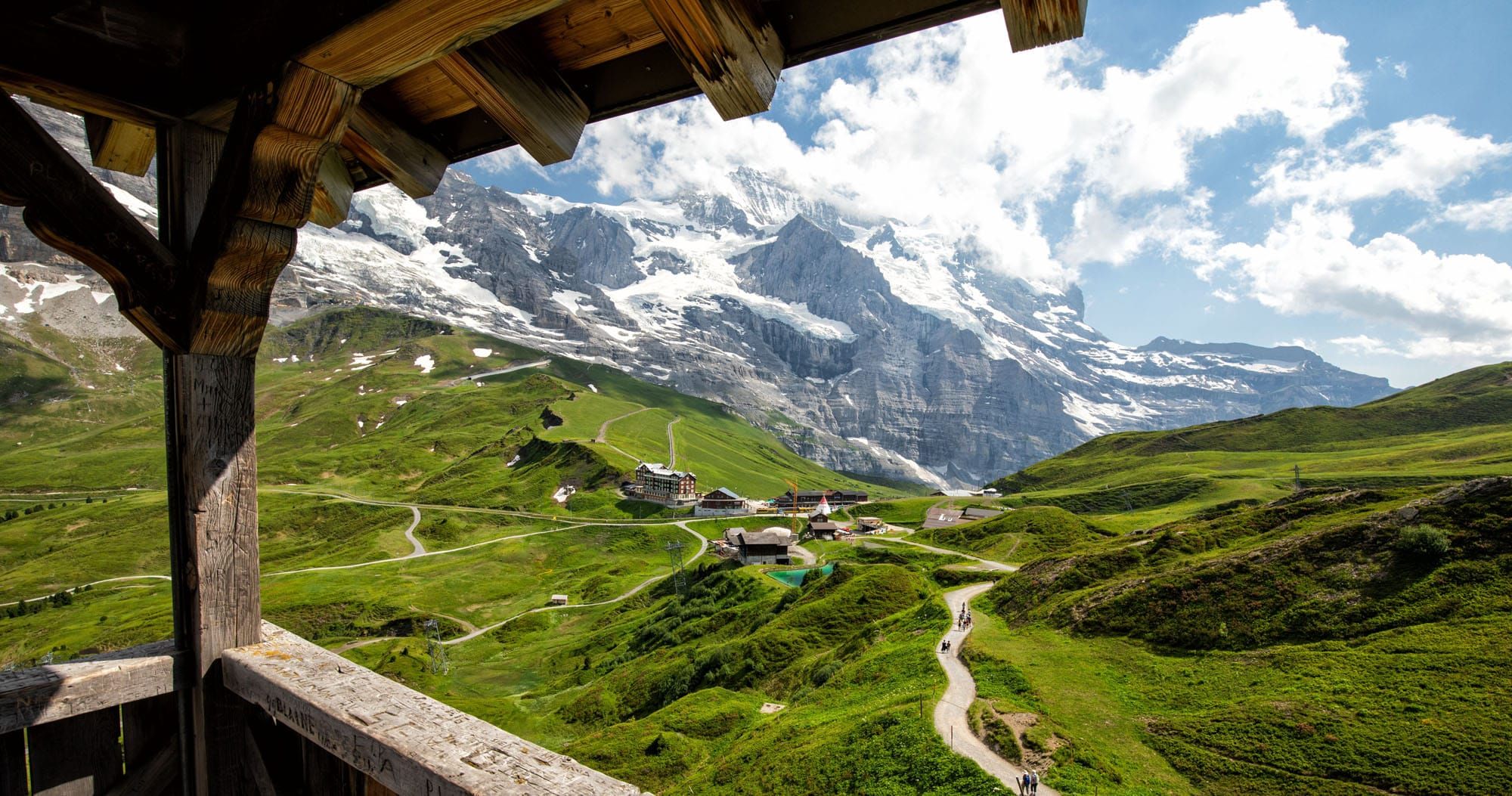

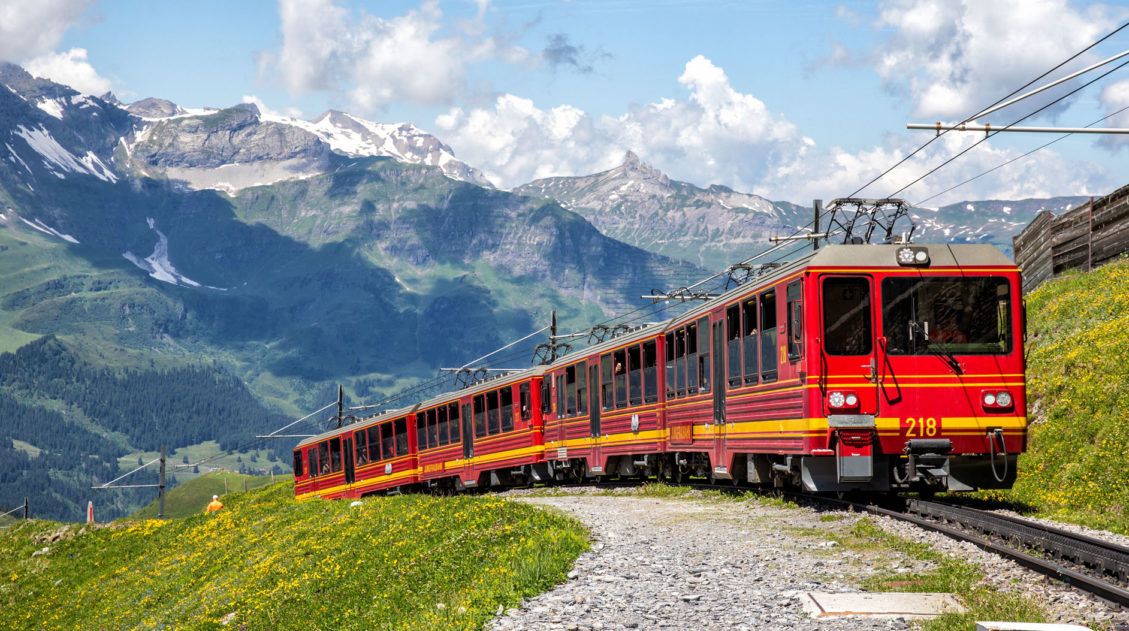
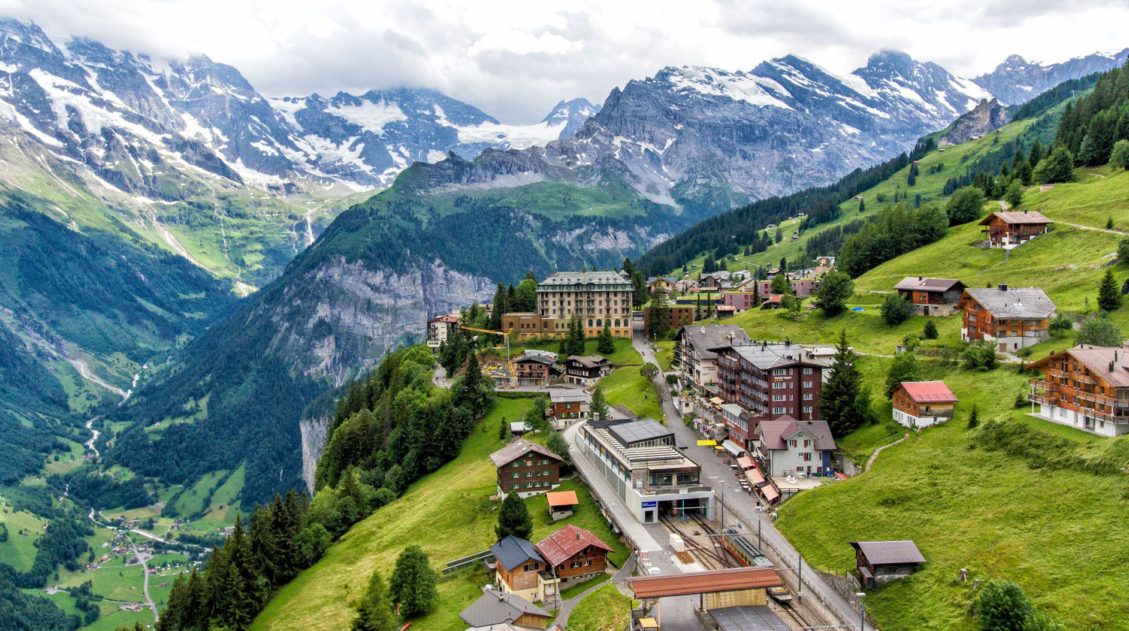
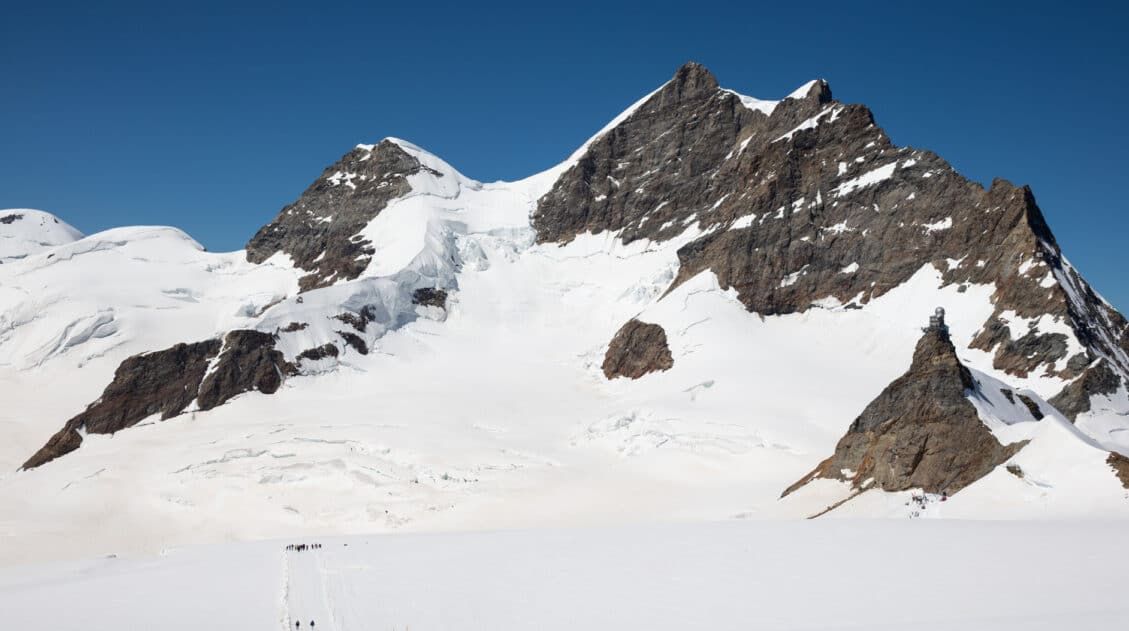
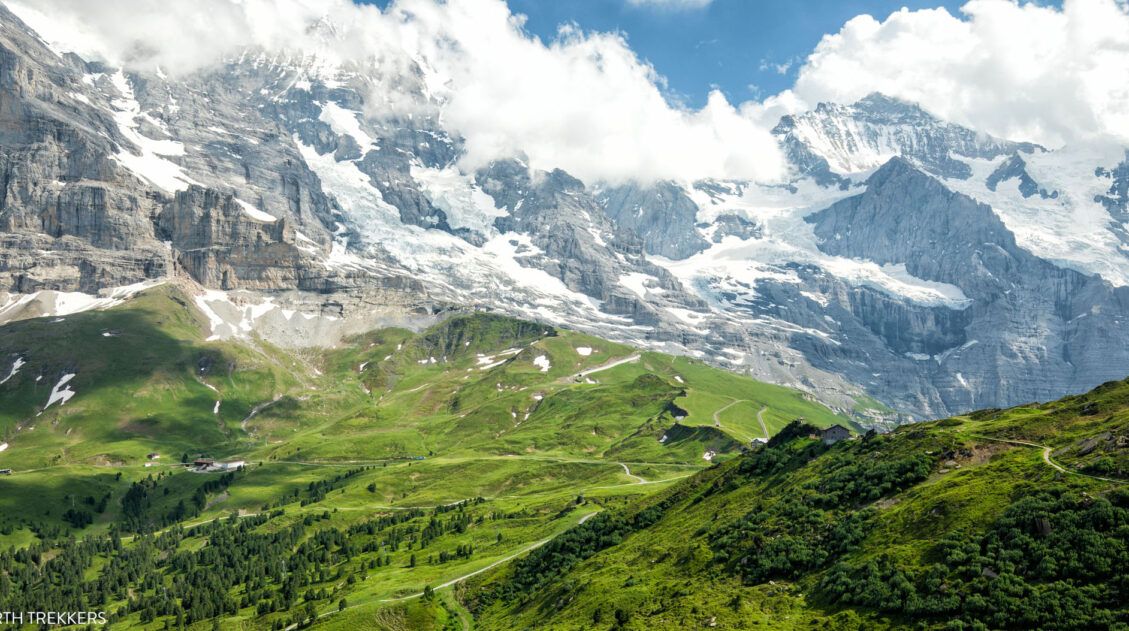
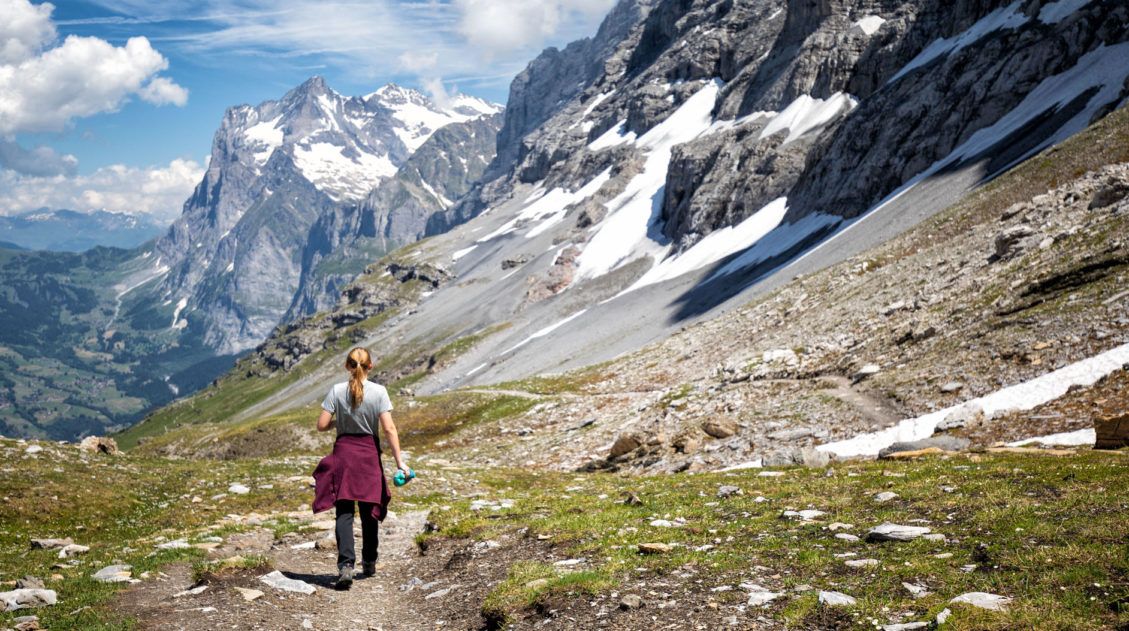
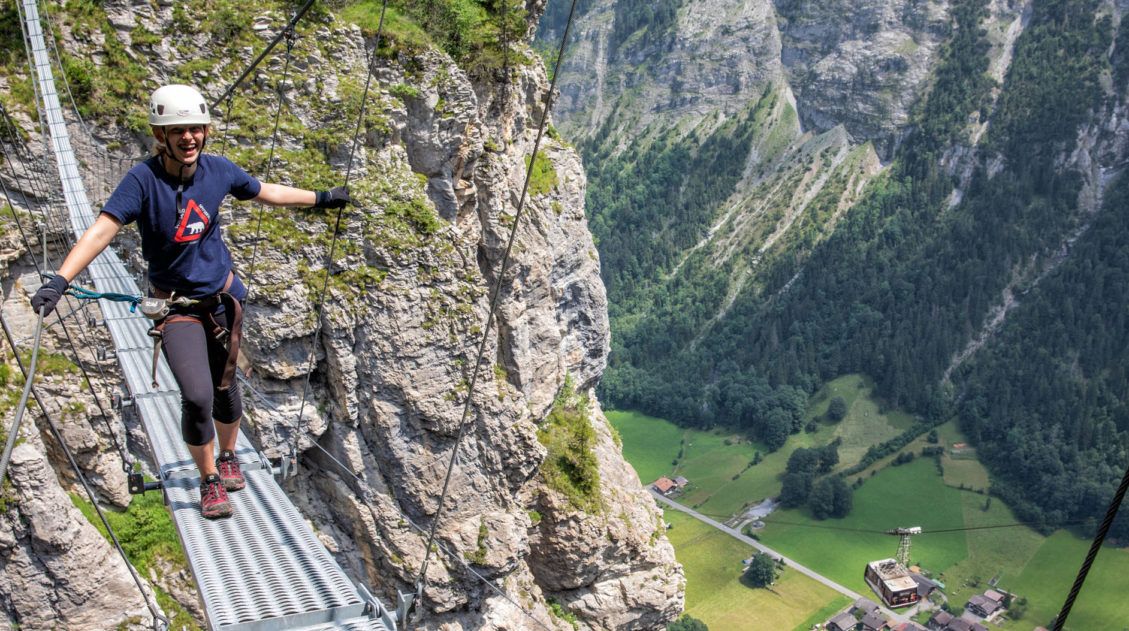
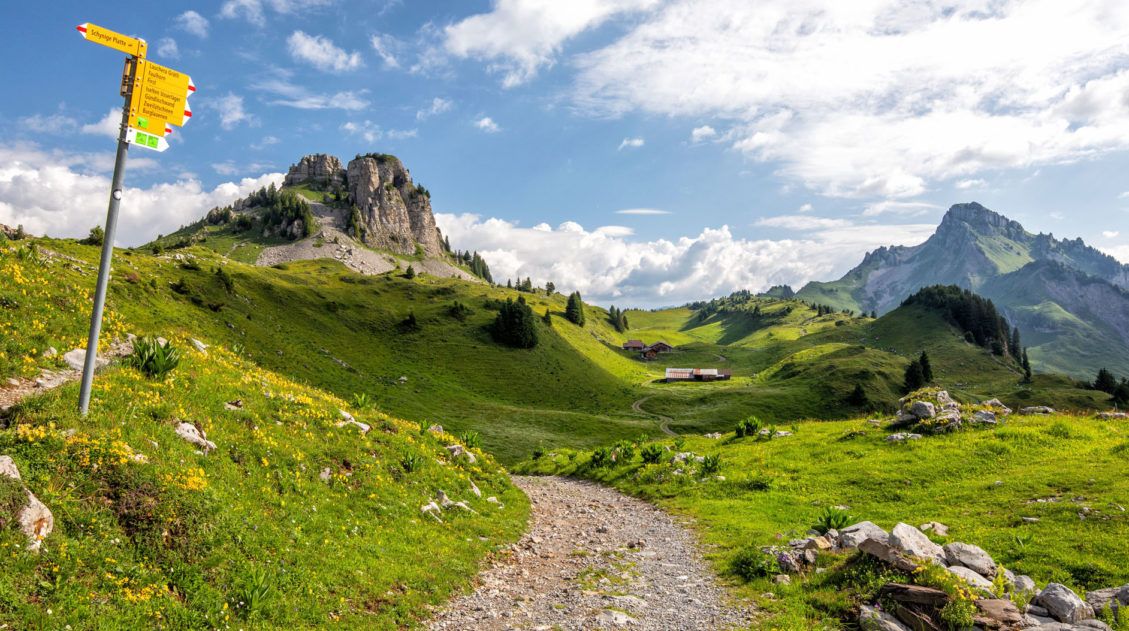
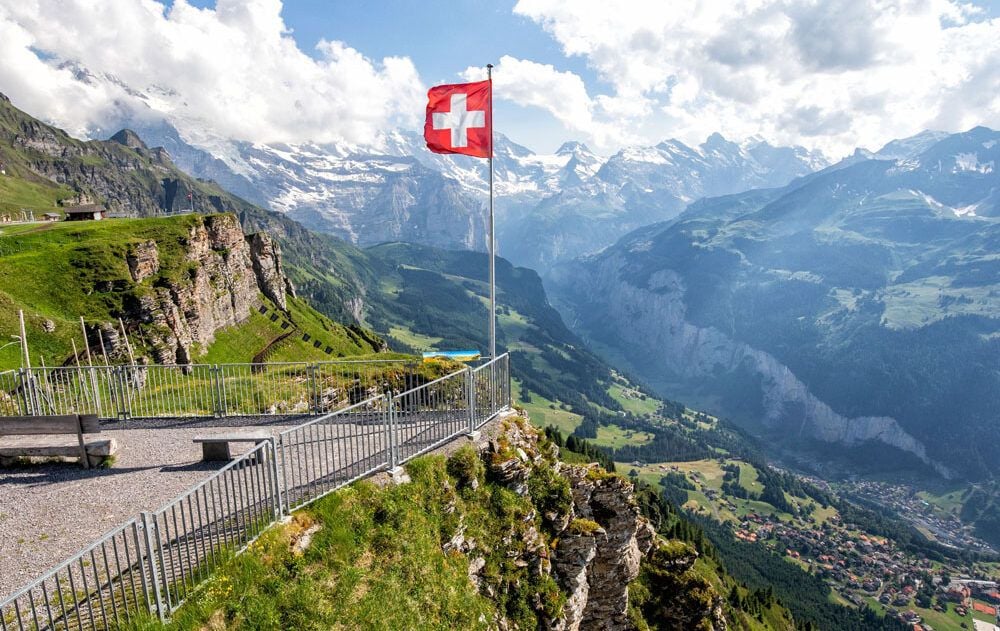
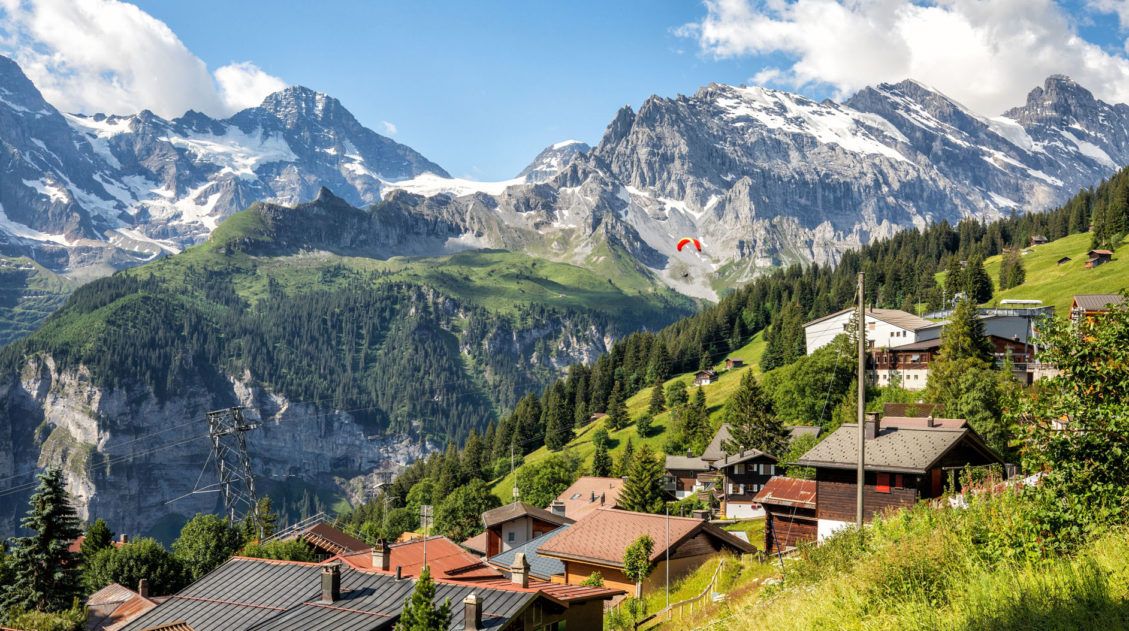
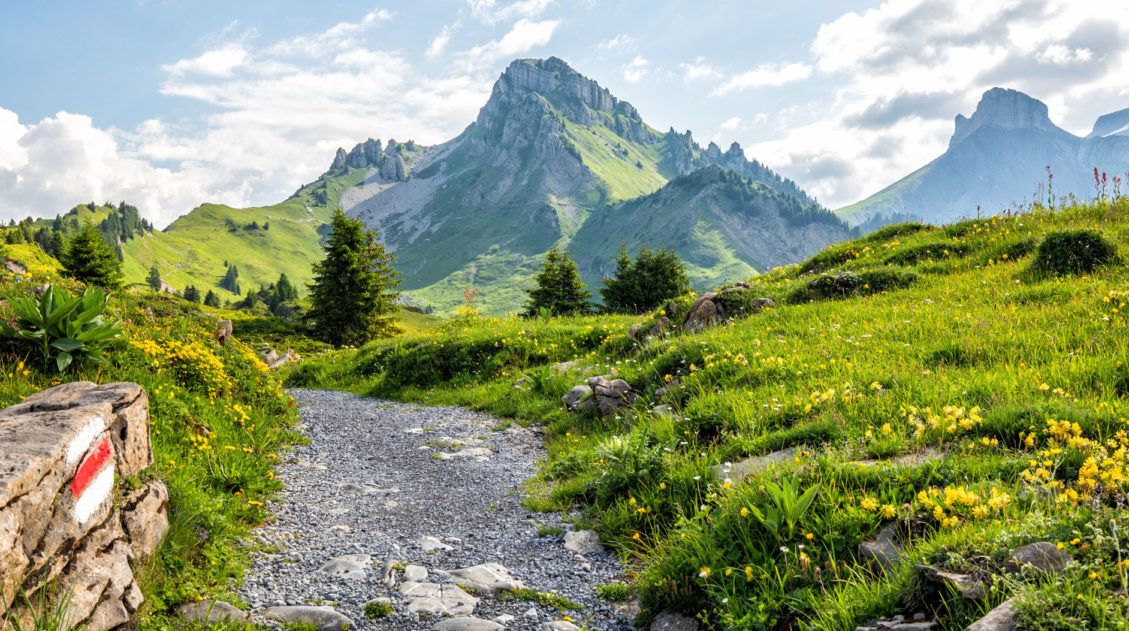
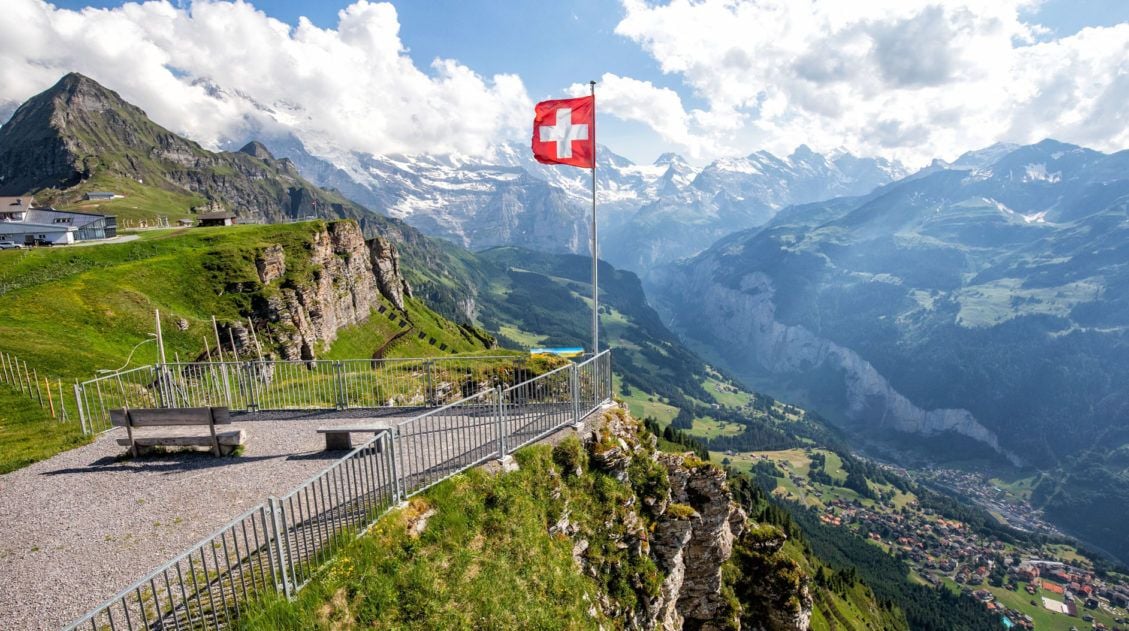
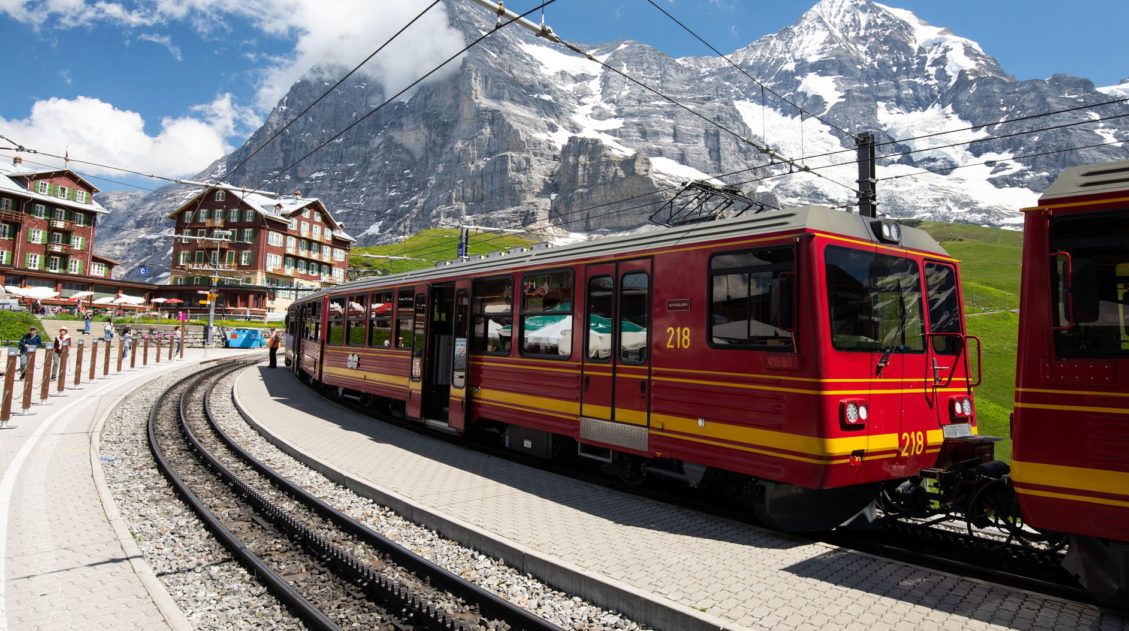
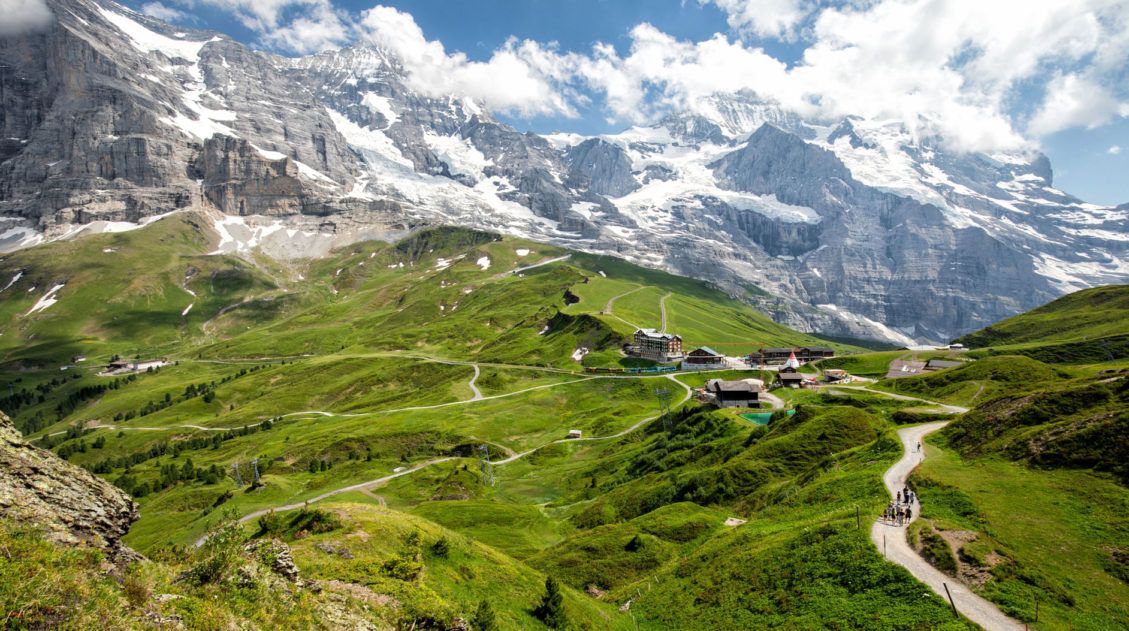
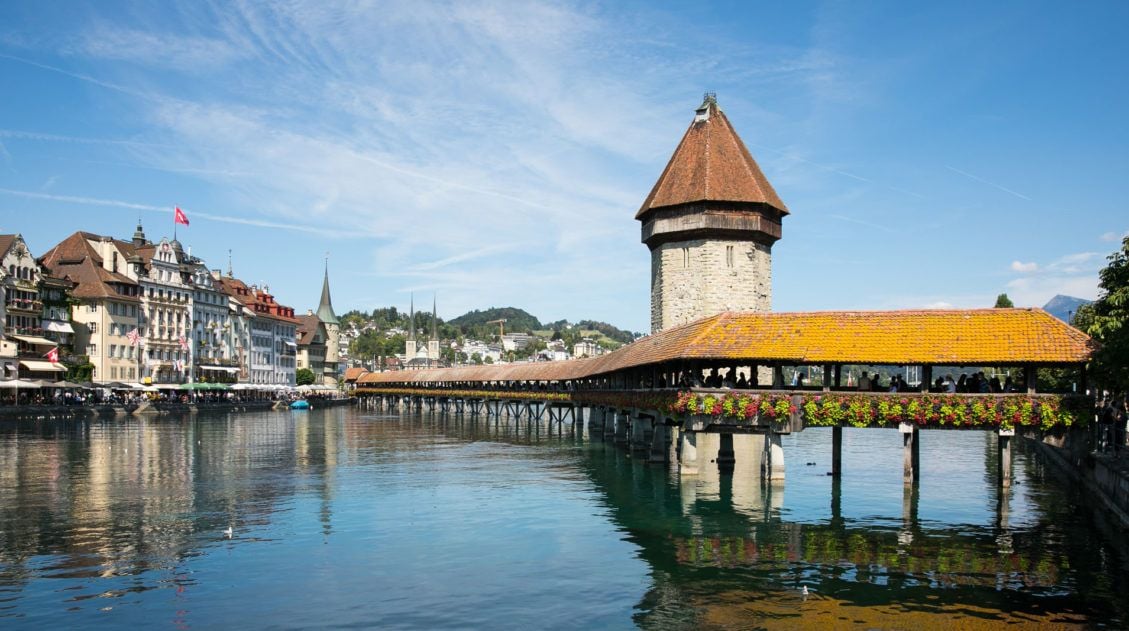
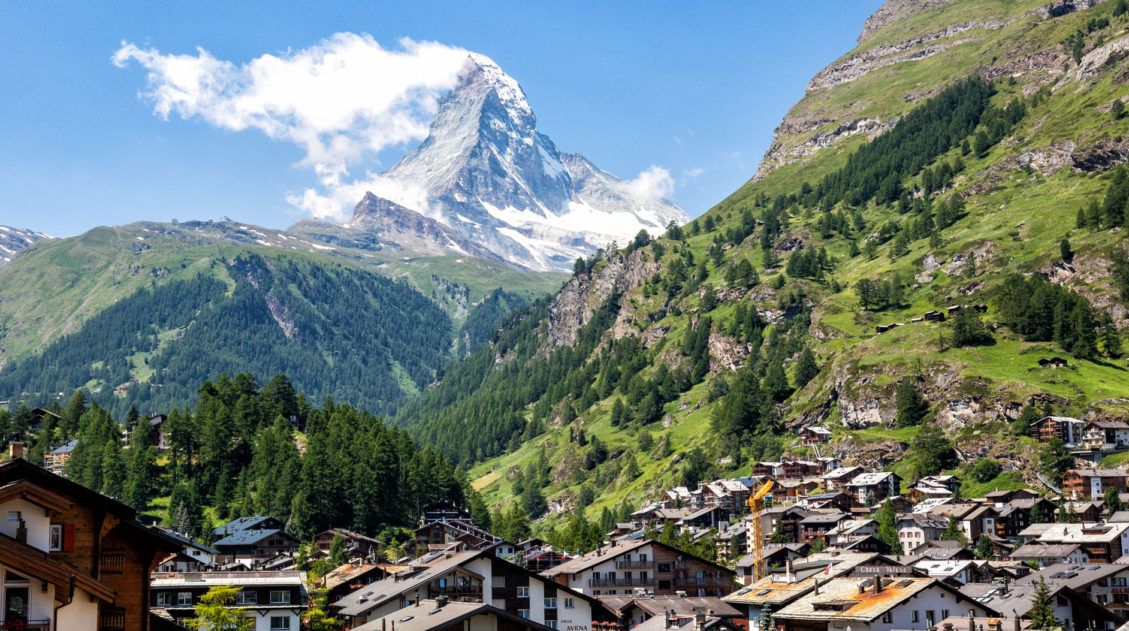
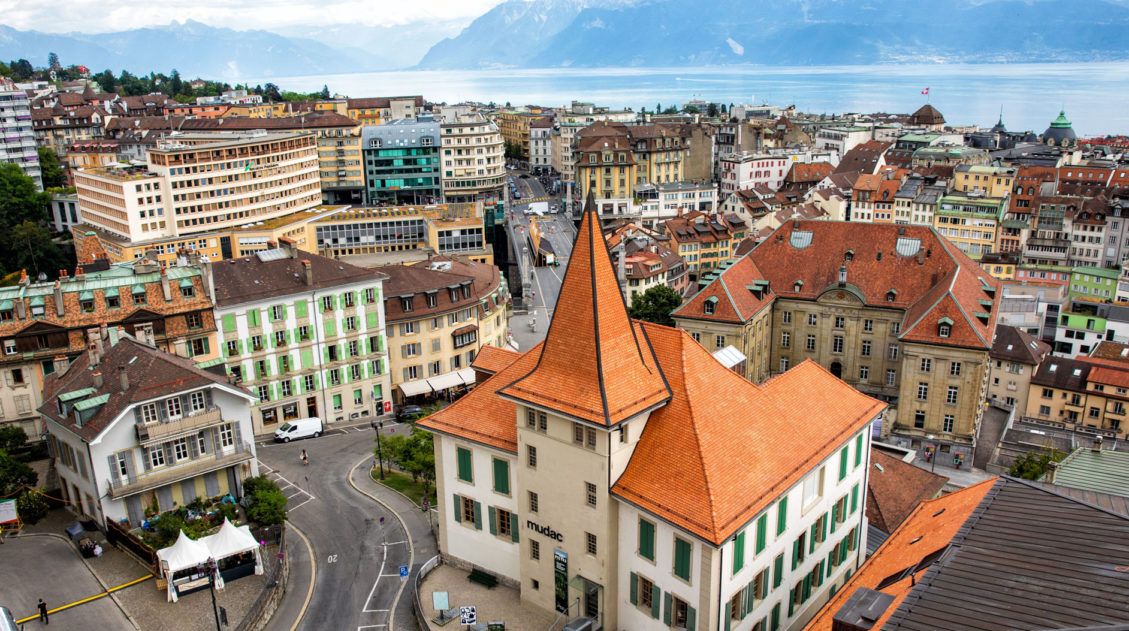
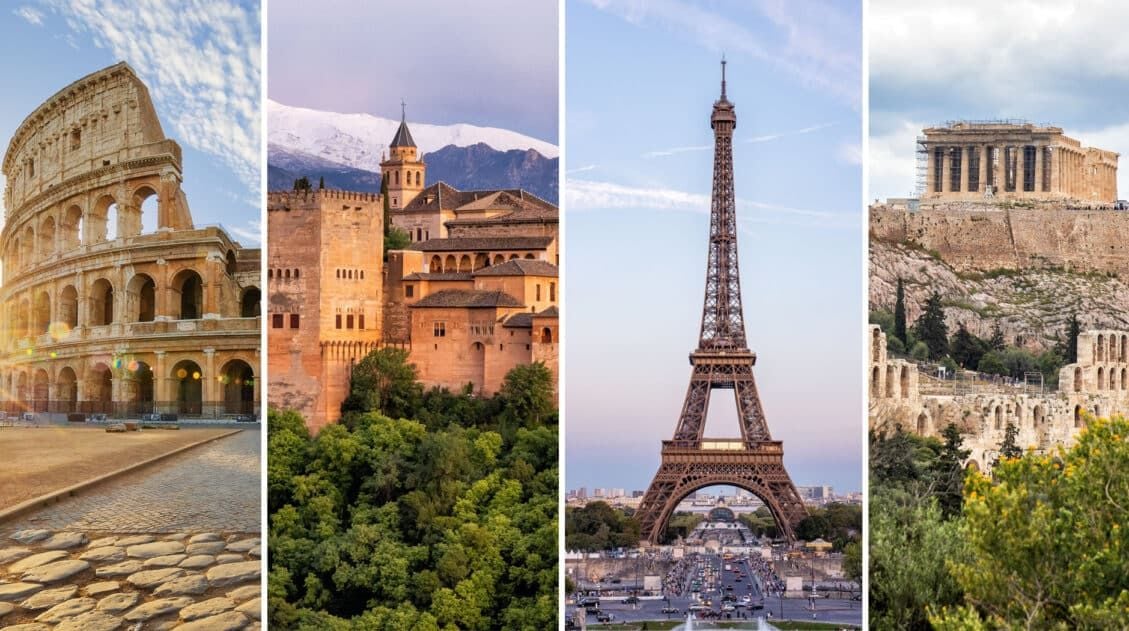
Comments 31